.jpeg)
Microneedling is becoming a go-to treatment for those looking to give their skin a boost. There's nothing more versatile and effective than this method to get rid of fine lines, wrinkles, scars, and large pores. By kickstarting your skin's natural healing process, microneedling improves texture and appearance without needing invasive procedures. Whether you're aiming to rejuvenate your skin or address specific issues, microneedling offers a practical and transformative solution worth considering.
What is Microneedling?
Microneedling, also called collagen induction therapy, is a minimally invasive aesthetic procedure that works wonders. Using tiny, sterile needles, this treatment creates micro-injuries on the skin. These controlled injuries trigger the body's natural healing response, boosting the production of collagen and elastin—essential proteins for sustaining your skin's firmness and youthfulness.
During a microneedling session, the device's fine needles penetrate the skin at a controlled depth, often using automated pens that adjust needle length and speed. The micro-injuries initiate the body's wound-healing process, leading to increased collagen and elastin production. Collagen provides structure and strength, while elastin allows the skin to snap back into shape.
As we age, the production of these proteins decreases, leading to wrinkles and sagging skin. Microneedling helps counteract these effects by stimulating their production, giving you back that youthful glow.
What does microneedling do to your skin?
Using microneedling, we create carefully crafted micro-injuries on the skin's surface to kickstart natural healing. This begins with the disruption of the skin's outermost layer, the stratum corneum, which acts as a barrier and regulates water loss. The micro-injuries are tiny enough to avoid significant damage but enough to jumpstart the skin's repair mechanisms.
Upon creating these micro-channels, the body perceives an injury and responds with a healing process involving several stages. The initial inflammatory phase sees the immune system spring into action. Blood flow increases to the affected area, delivering oxygen and nutrients essential for healing. White blood cells, particularly neutrophils and macrophages, migrate to the site of injury to clear out debris and prevent infection. This inflammatory response also releases growth factors and cytokines, which play a crucial role in signaling the next stages of healing.
Following the inflammatory phase is the proliferative phase. During this stage, fibroblasts—cells responsible for producing collagen and other extracellular matrix components—are activated. Fibroblasts proliferate and synthesize new collagen and elastin fibers. Collagen, a structural protein, provides strength and support to the skin, while elastin imparts elasticity. Proteins like these help repair micro-injuries and improve the skin's structure and resilience. The skin feels like it's starting over.
What are the benefits of microneedling?
Depending on your skin tone and texture, microneedling may have the following benefits.
Microneedling may:
- Improve Skin Texture and Tone: Boosting collagen and elastin production enhances skin texture, making it smoother and more even.
- Reduce Fine Lines and Wrinkles: Filling in fine lines and wrinkles with collagen makes the skin look more youthful.
- Reduce Scars: Effective for treating different types of scars, especially acne scars, surgical scars, and stretch marks. Microneedling promotes new skin cell growth to reduce scar visibility.
- Minimize Large Pores: Stimulating collagen around pores can reduce their size, resulting in a smoother complexion.
- Enhance Product Absorption: Micro-channels created during the procedure allow topical skincare products to penetrate deeper, maximizing their effectiveness.
What happens at a microneedling appointment?
Before the procedure, a consultation with a skincare specialist is essential. During this session, your skin will be examined, your medical history will be reviewed, and your treatment goals will be discussed. This is also an opportunity to address any questions you might have about the procedure.
On the day of the treatment, your skin will be thoroughly cleansed to remove dirt, oil, or makeup. A numbing cream is spread to the treatment spot to minimize discomfort, typically left on for 30 to 45 minutes.
After the numbing cream is removed, the microneedling device creates controlled micro-injuries in the skin. The aesthetician will move the device systematically across the skin to ensure even coverage. Needle penetration depth can be modified according to the treatment area's specific needs.
You may feel like you have a mild sunburn after treatment. Using an ice pack can help alleviate discomfort. Avoid unnecessary sun exposure and apply a nourishing, hydrating moisturizer. The skin may remain sensitive for a few days after the procedure, but most people can resume normal activities in a day.
How do I extend my microneedling results?
Proper aftercare is crucial to optimize microneedling benefits and minimize side effects. Here are some tips:
- Hydrate: Use a gentle, non-irritating moisturizer to keep your skin hydrated, promoting faster healing.
- Avoid Sun Exposure and Use SPF: Take it easy for a week after treatment with sun exposure. Apply sunscreen with at least SPF 30 when going outside.
- Avoid Makeup: After your treatment, don't wear any makeup for 24 hours to reduce irritation.
- Use Gentle Skincare: Use mild, fragrance-free cleaners and stay away from exfoliants and harsh chemicals.
- Book Your Follow-Up Treatments: Multiple sessions may be recommended based on your skin condition and goals, typically spaced four to six weeks apart.
What are the risks and side effects of microneedling?
While generally safe, microneedling does have some risks and side effects:
Microneedling may have the following side effects:
- Redness and Swelling: Temporary redness and swelling are common, usually subsiding within a few days.
- Bruising: Minor bruising may occur, especially near sensitive areas.
- Infection: Infection can occur if the skin is not properly disinfected before and after the procedure. Using sterilized equipment and following aftercare instructions can minimize this risk.
- Scarring: Rare but possible with improper technique or non-sterile devices. Always have the procedure done by a qualified professional.
- Pigmentation Changes: If you don't follow the aftercare instructions, your skin might darken or lighten for a while.
What are the results of microneedling?
Results vary based on the individual and specific skin concerns. Typically, after a few treatments, most people notice significant improvements in their skin's texture and appearance:
- Immediate Effects: Post-procedure, the skin may be red and slightly swollen. These effects usually subside within a few days.
- Short-Term Results: Within a week or two, you may notice a more radiant and smoother complexion as the skin heals.
- Long-Term Results: Significant improvements such as reduced fine lines, wrinkles, and scars may take several weeks to become apparent. For best results, you may need more than one session.
- Maintenance: Periodic maintenance treatments can sustain the benefits. Many opt for touch-up sessions once or twice a year.
How does microneedling compare to other treatments?
Microneedling can be compared to other skin rejuvenation treatments:
- Microneedling vs. Laser Treatments: Laser treatments use focused light to remove skin layers, effective for deeper wrinkles and pigmentation. Microneedling is less invasive and safer for darker skin tones with a lower risk of hyperpigmentation.
- Microneedling vs. Chemical Peels: Chemical peels exfoliate the skin with a chemical solution, which is effective for surface issues. However, they cause more downtime and are less effective for deep scars than microneedling.
- Microneedling vs. Dermabrasion: Dermabrasion mechanically exfoliates the skin's outer layer and is effective for superficial scars and wrinkles but requires longer recovery and carries higher complication risks compared to microneedling.
Who should avoid microneedling?
Microneedling may not be suitable for everyone. Those with the following conditions should consult a healthcare professional before undergoing the procedure:
- Active Acne or Infections: Microneedling can exacerbate these conditions and increase infection risk.
- Blood Disorders: Individuals with bleeding disorders or on anticoagulants should avoid microneedling.
- Cancer Patients: Those undergoing chemotherapy or radiation therapy should avoid microneedling due to increased skin sensitivity and complication risk.
- Skin Conditions: Individuals with eczema, psoriasis, or keloid tendencies should avoid microneedling as it may worsen these conditions.
- Pregnant or Nursing Women: Pregnant or nursing women should discuss options with their healthcare provider to evaluate suitability.
Can you combine microneedling with other treatments?
Combining microneedling with other aesthetic approaches can boost results. Common combinations include:
- Microneedling with Topical Serums: Applying serums with hyaluronic acid, peptides, or vitamins post-treatment can enhance their absorption and efficacy, as microchannels created by needles allow deeper penetration.
- Microneedling with Chemical Peels: Combining microneedling with chemical peels addresses multiple skin concerns simultaneously, with microneedling enhancing the chemical peel's effectiveness.
- Microneedling with Laser Treatments: Combining microneedling with laser treatments provides comprehensive results for severe skin concerns, boosting collagen synthesis in deeper layers.
How should I prepare for my microneedling appointment?
Proper preparation can enhance the effectiveness of your microneedling treatment and minimize side effects. Steps to take before your session include:
- Avoid Sun Exposure: Limit sun exposure for at least a week before the procedure to reduce irritation risk.
- Discontinue Certain Medications: Stop using medications or supplements that can raise bleeding likelihood, such as aspirin or vitamin E, at least one week before the procedure. Discuss any medication discontinuation with your healthcare provider.
- Hydrate: Drink plenty of water in the days leading up to your treatment to keep your skin hydrated.
- Avoid Retinoids: Discontinue retinoid use or other exfoliating products at least 48 hours before the procedure to reduce skin sensitivity.
- Cleanse Your Skin: On the treatment day, cleanse your skin thoroughly to remove makeup, dirt, or oils.
What are some common myths and misconceptions with microneedling?
Several myths and misconceptions surround microneedling. Here are some common ones debunked:
- Microneedling is painful: Most patients experience minimal discomfort, described as mild prickling or scratching, especially after applying numbing cream.
- Microneedling can be done at home: Improper use can lead to skin damage, infection, and unsatisfactory results. It is best to have the procedure performed by a trained professional.
- Results are immediate: While some improvement in skin texture may be noticeable shortly after the procedure, significant results take time as collagen production and skin healing occur over weeks to months.
- Microneedling is only for the face: Microneedling can be performed on various body parts, including the neck, décolletage, hands, and even the scalp for hair growth stimulation.
- Microneedling causes scarring: When performed correctly by a qualified professional, microneedling does not cause scarring. The micro-injuries created are controlled and stimulate the skin's natural healing process without damaging surrounding tissue.
Microneedling: Set Realistic Expectations
It’s important to set realistic expectations to feel satisfied with microneedling results. While microneedling can improve texture and appearance, it does not fix all skin conditions.
Some things to consider:
- Microneedling brings gradual Improvement: The results are gradual and cumulative. Several sessions may be needed for desired outcomes, and patience is required as the skin heals and regenerates.
- Microneedling should be combined with other treatments: For more severe skin concerns, combining microneedling with other treatments may be necessary for optimal results.
- Microneedling requires maintenance: Regular maintenance treatments sustain the benefits of microneedling. A skincare professional can recommend an appropriate schedule based on your skin type and concerns.
- Microneedling should be combined with a solid skin care routine: Following a consistent skincare routine, including hydration, sun protection, and quality skincare products, can enhance and prolong microneedling results.
What are the key takeaways for microneedling?
Microneedling can support various skin issues, improving tone, texture and
overall appearance of your skin for a youthful, glowing result, naturally. With microneedling, the body's natural healing process is initiated, leading to the creation of collagen and elastin that help maintain youthful, firm skin. With proper care and repeated treatments, this procedure can result in smoother, more radiant skin that lasts for years.
Reach out to the team at The Injection Room today to experience the benefits of microneedling. With personalized treatments and expert care, our team will help you achieve your skincare goals. Get in touch with The Injection Room today!






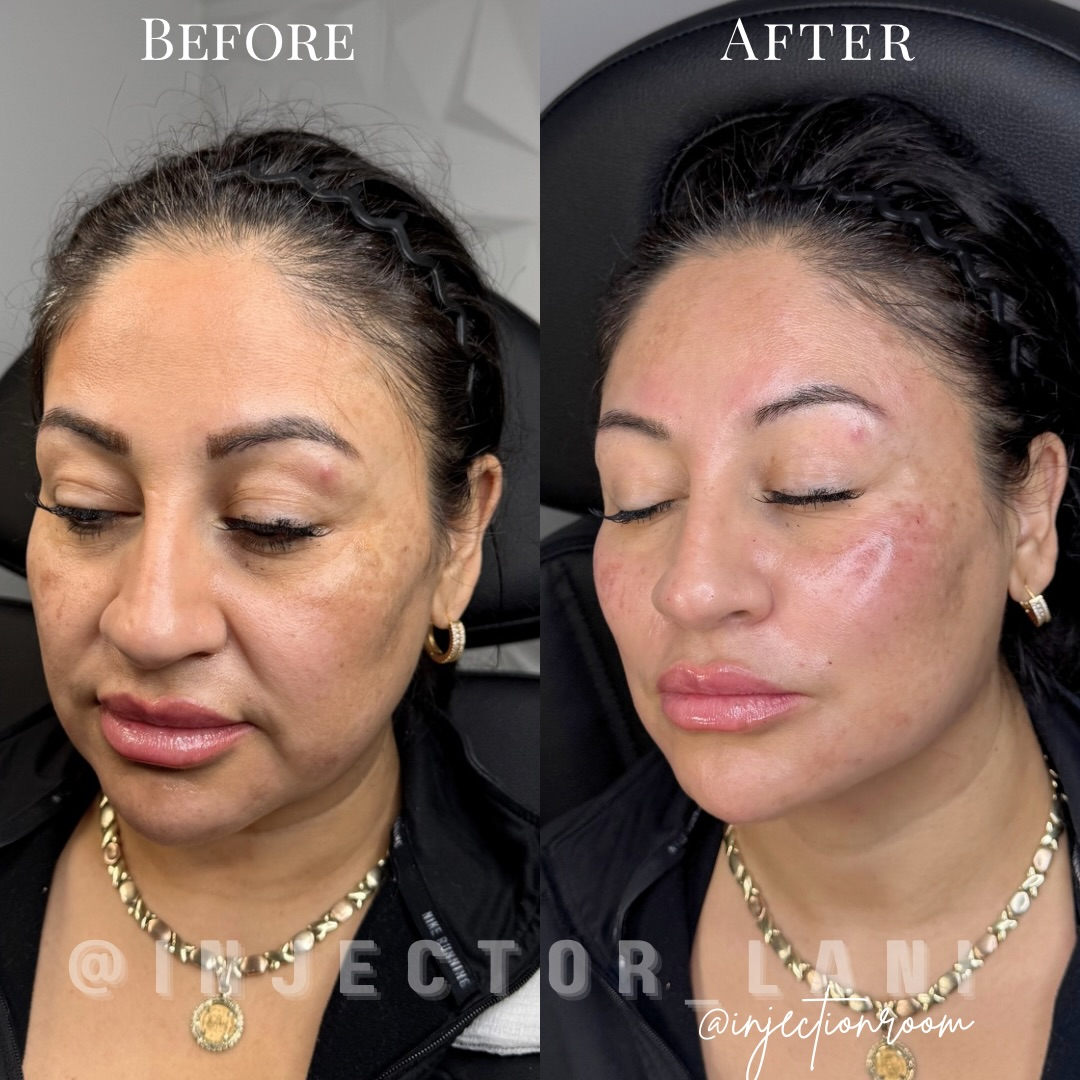




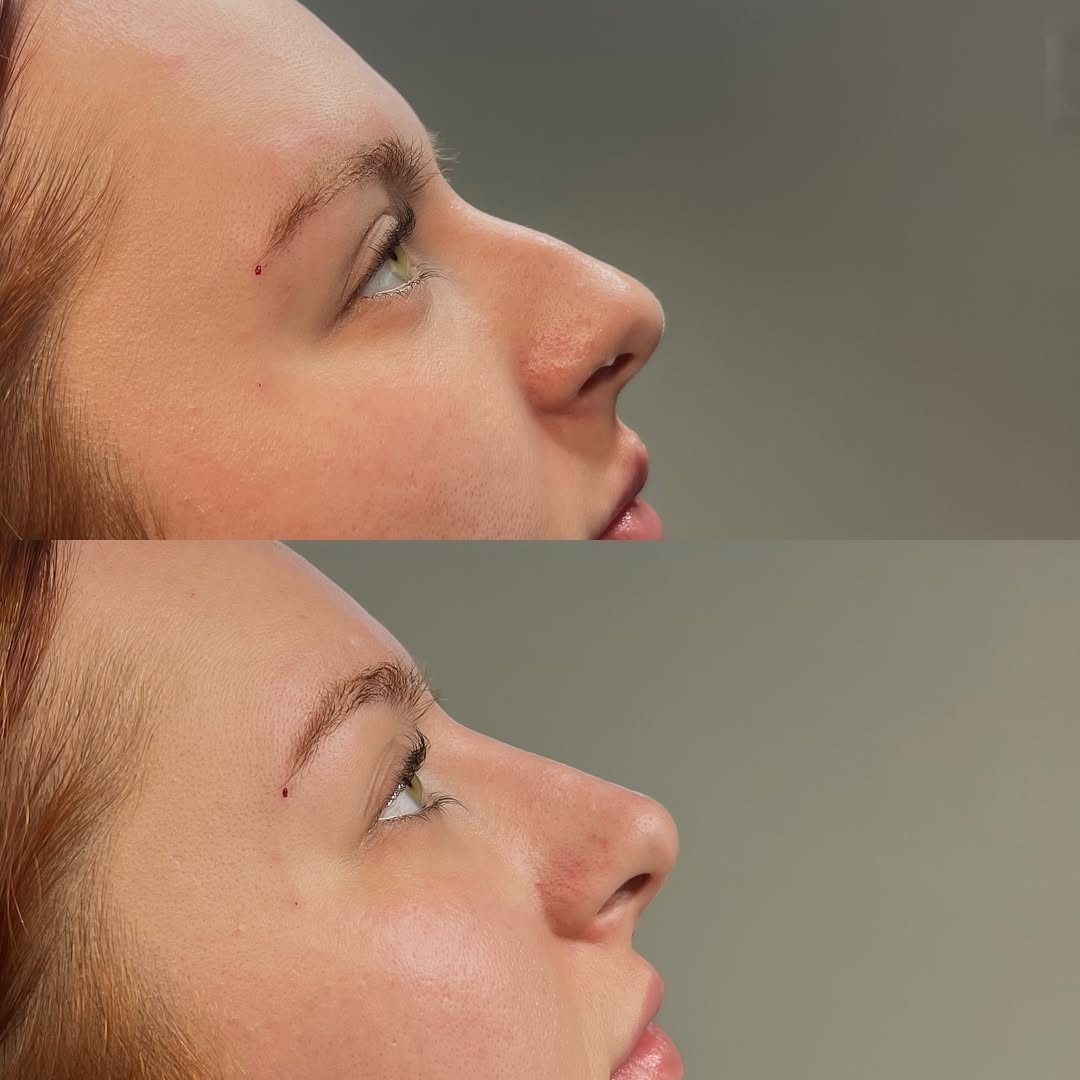



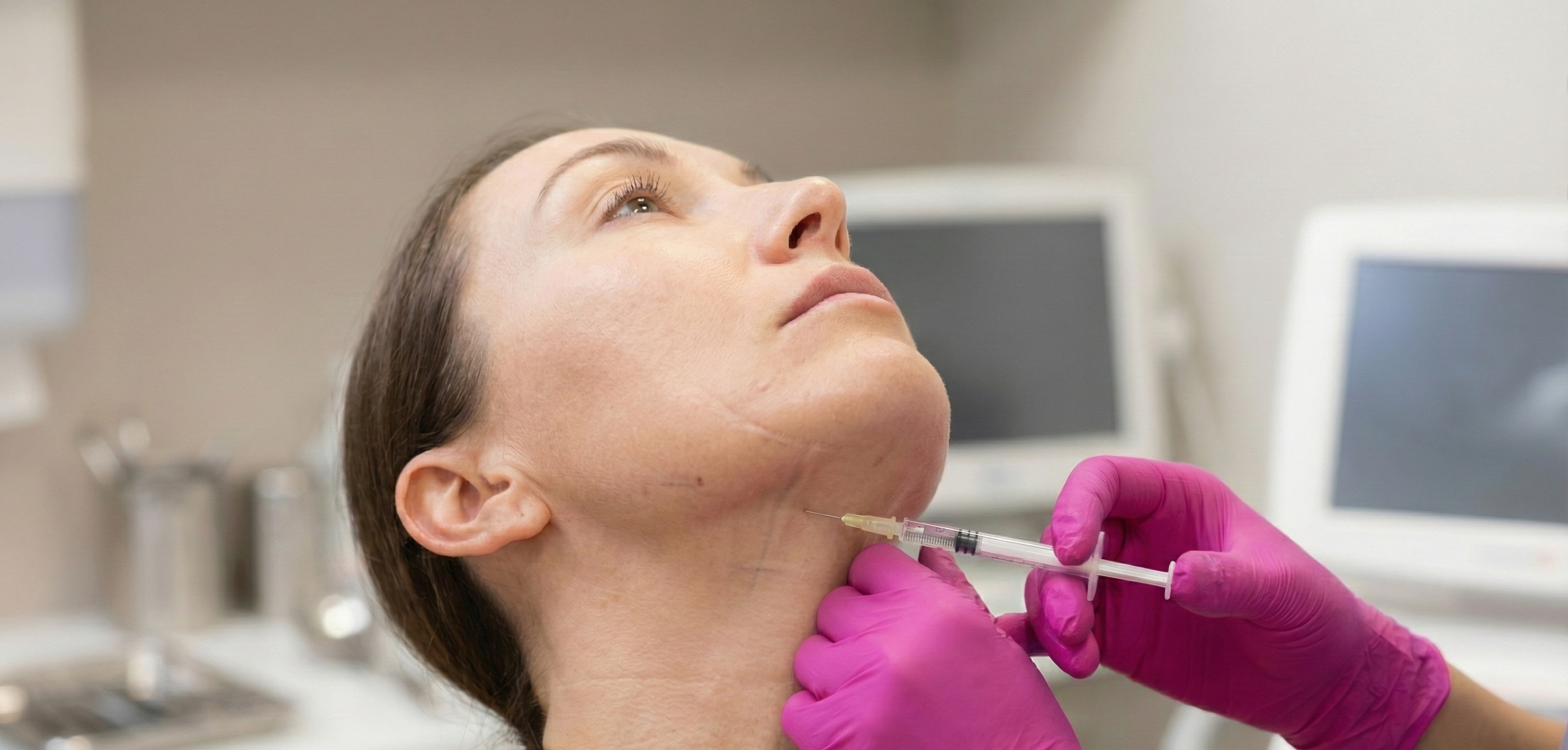

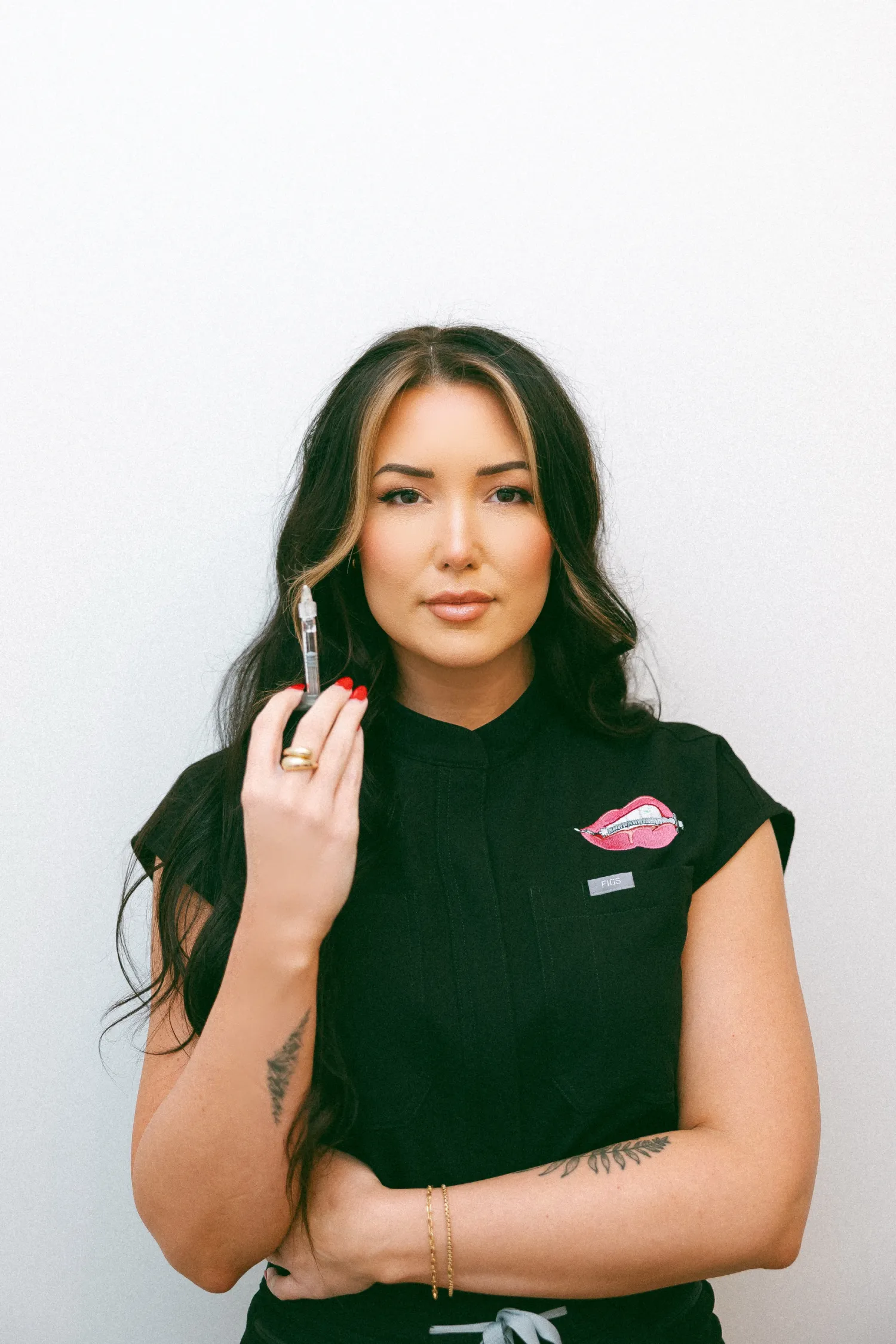
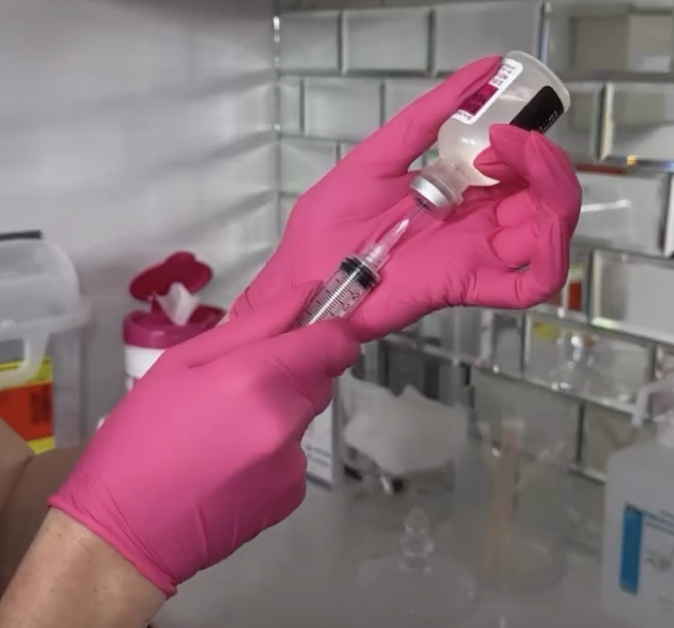



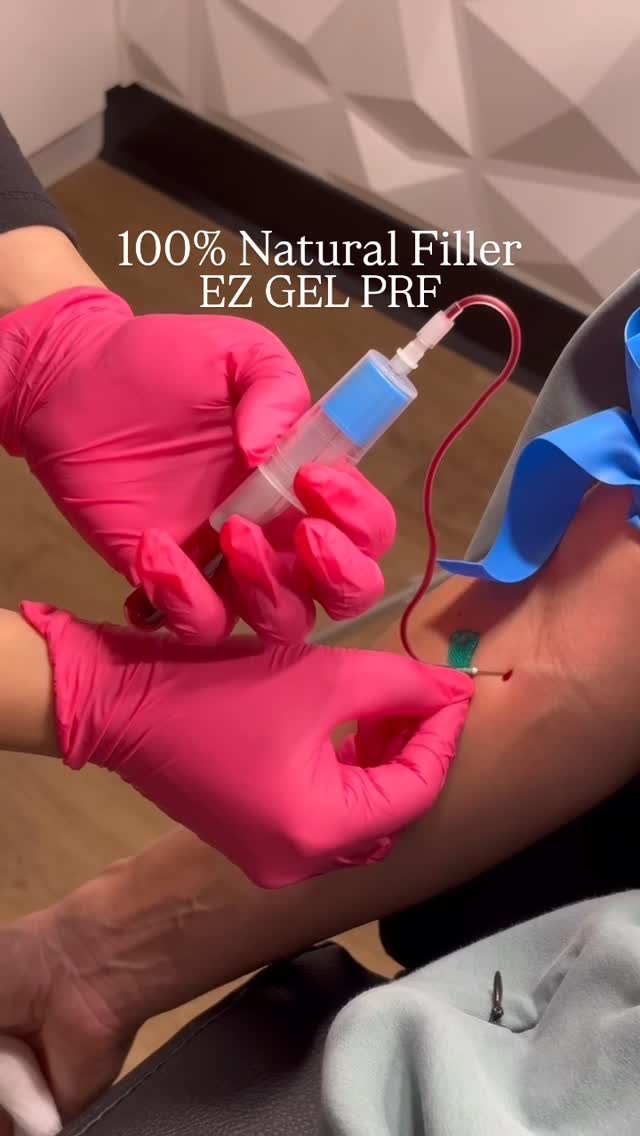
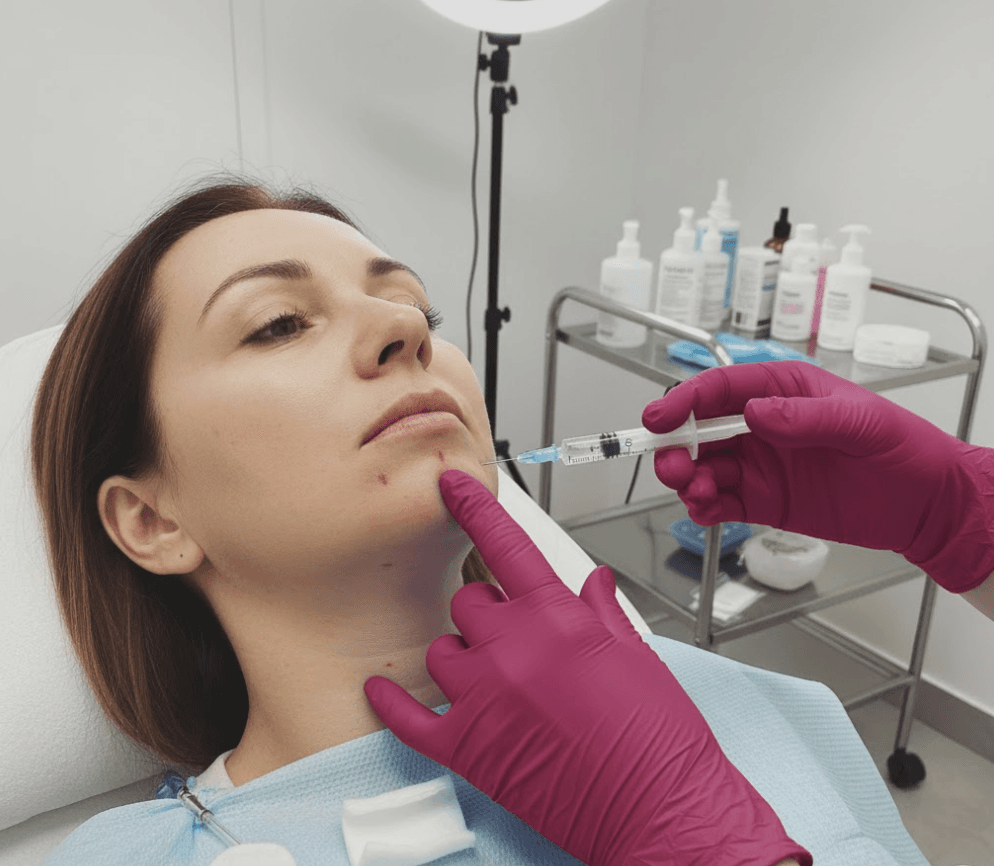
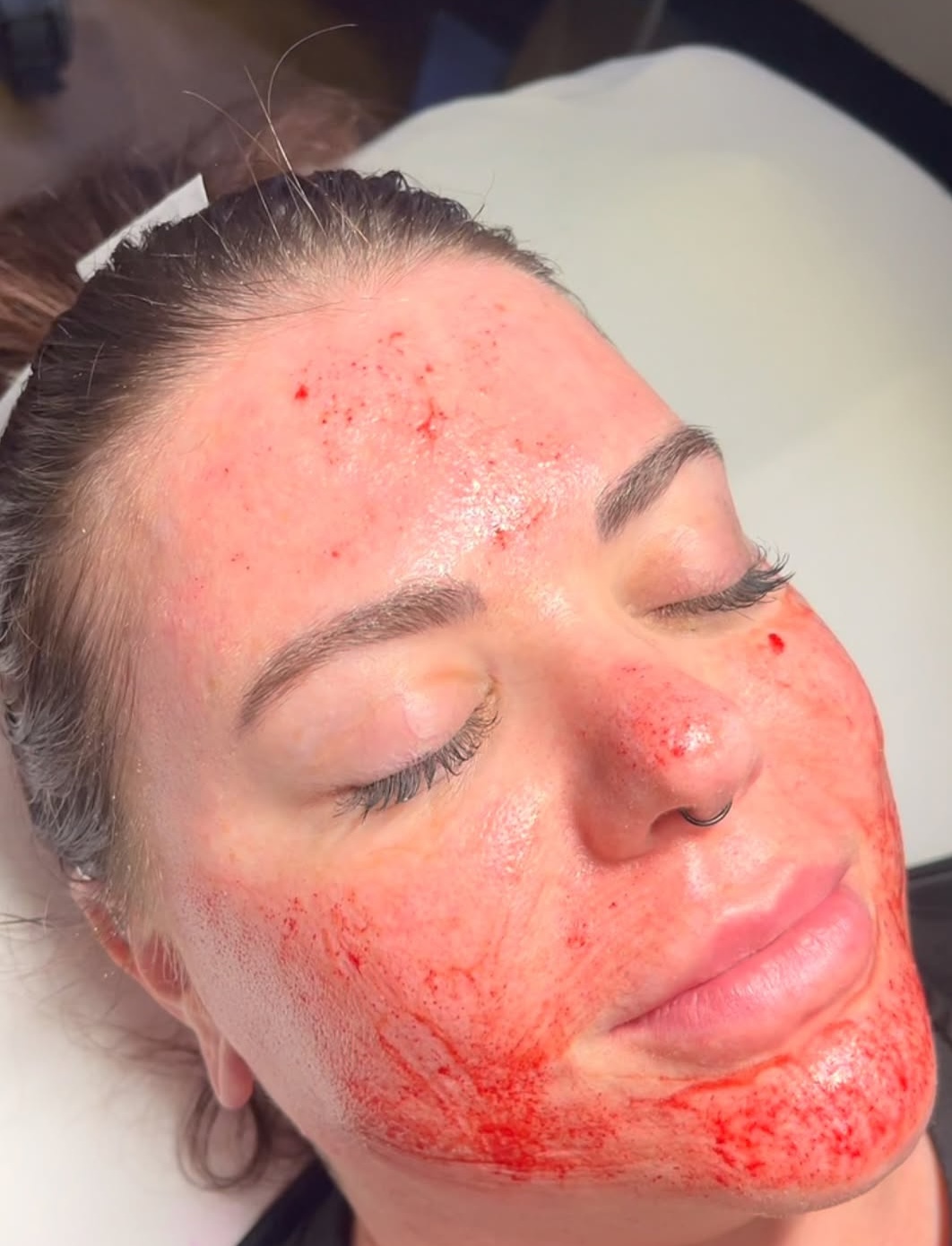
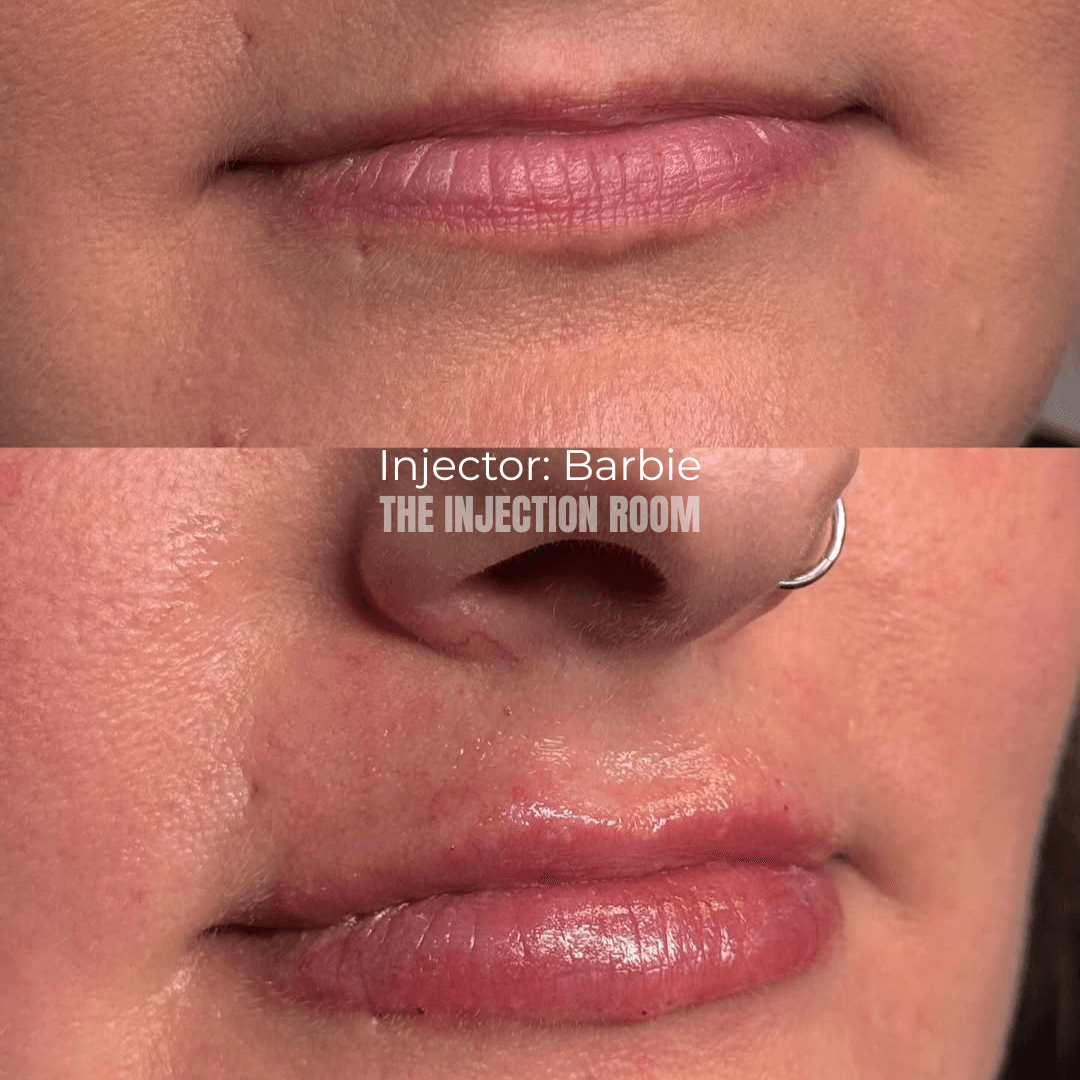

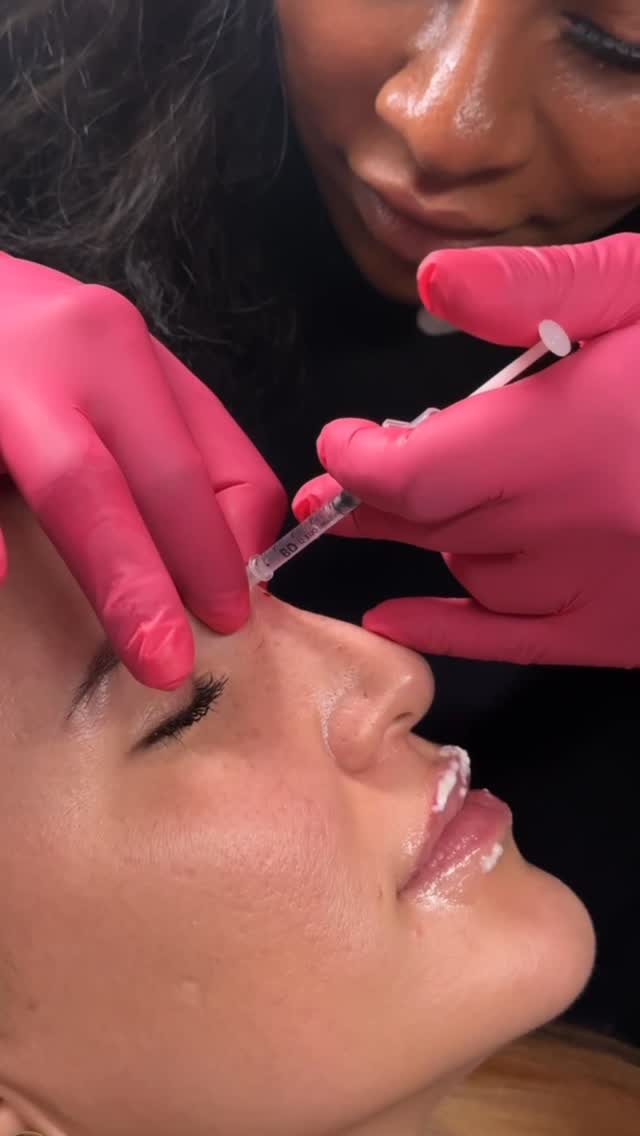
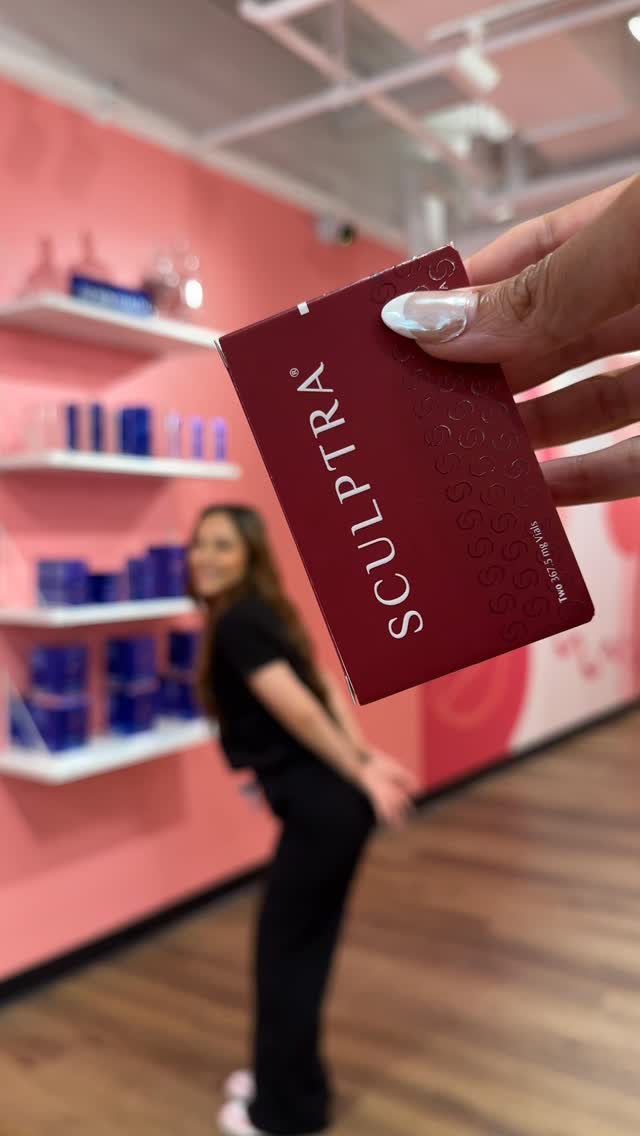
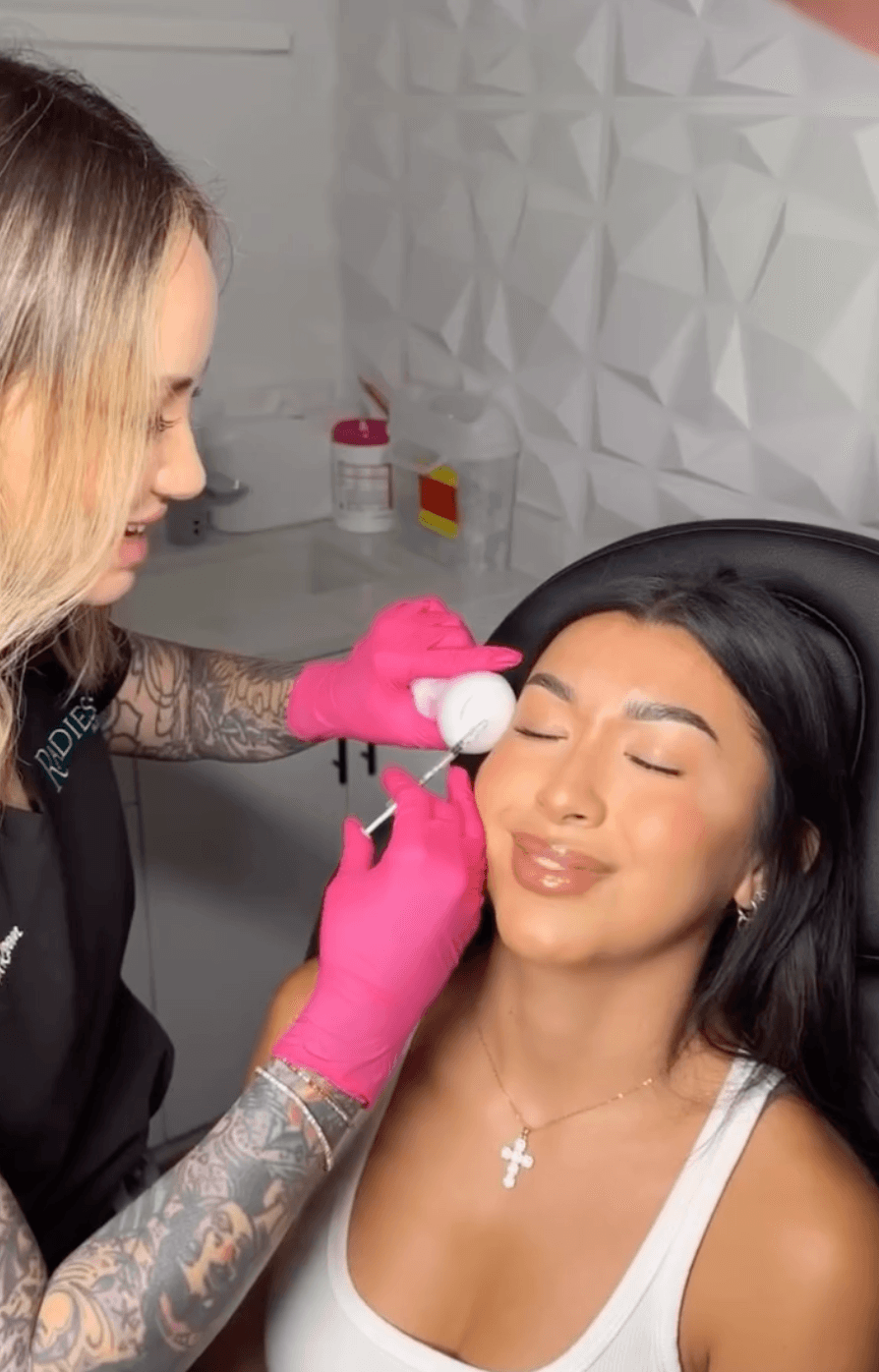
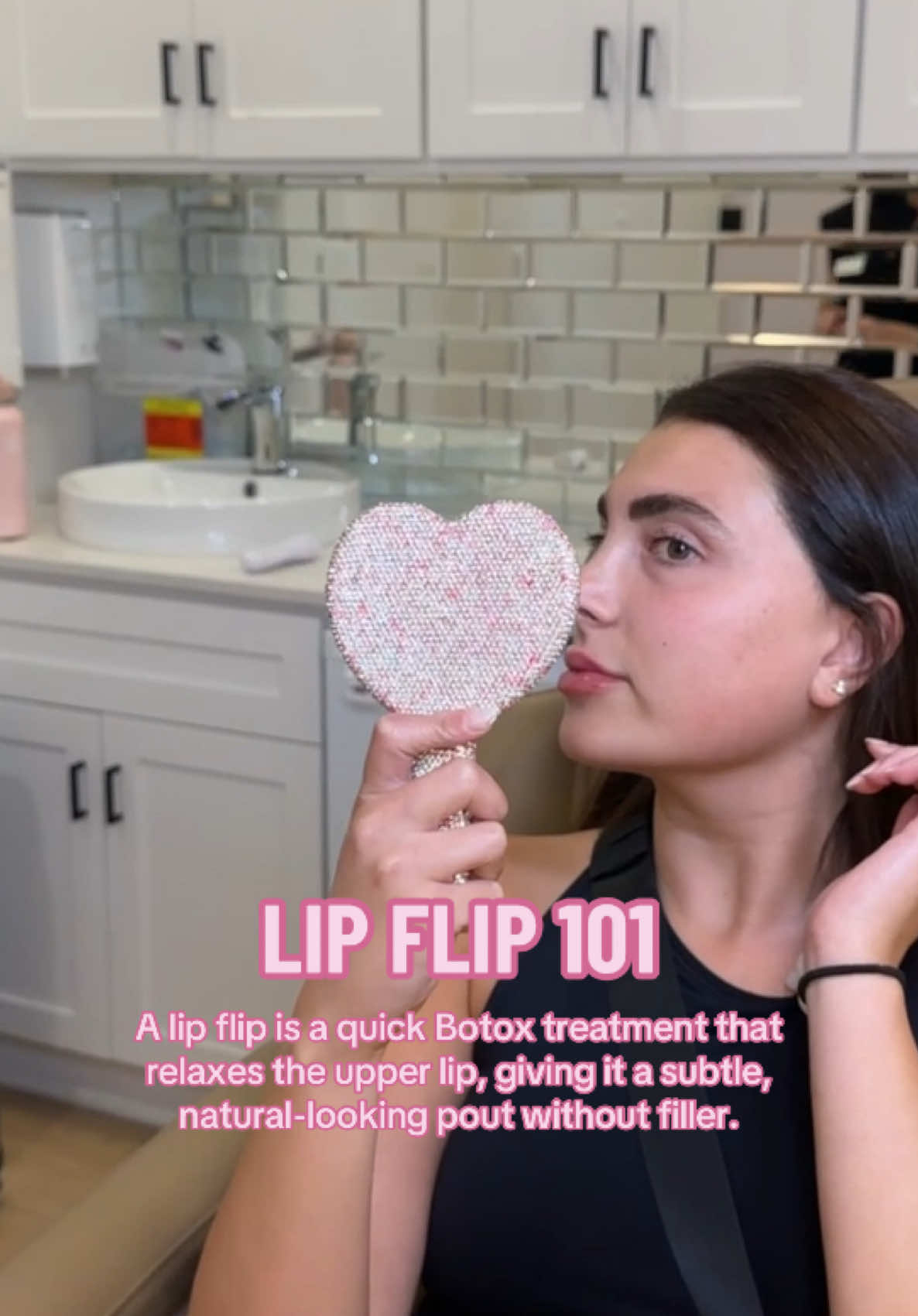



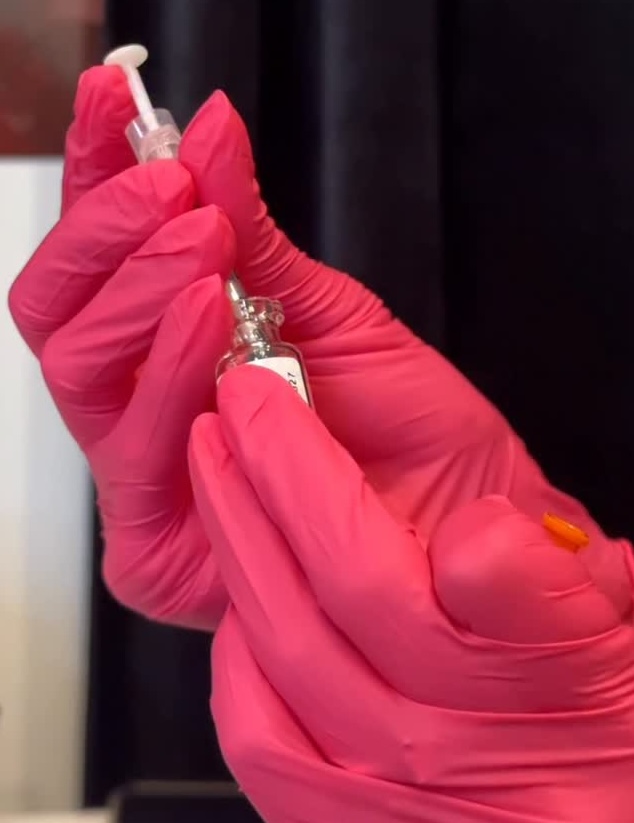

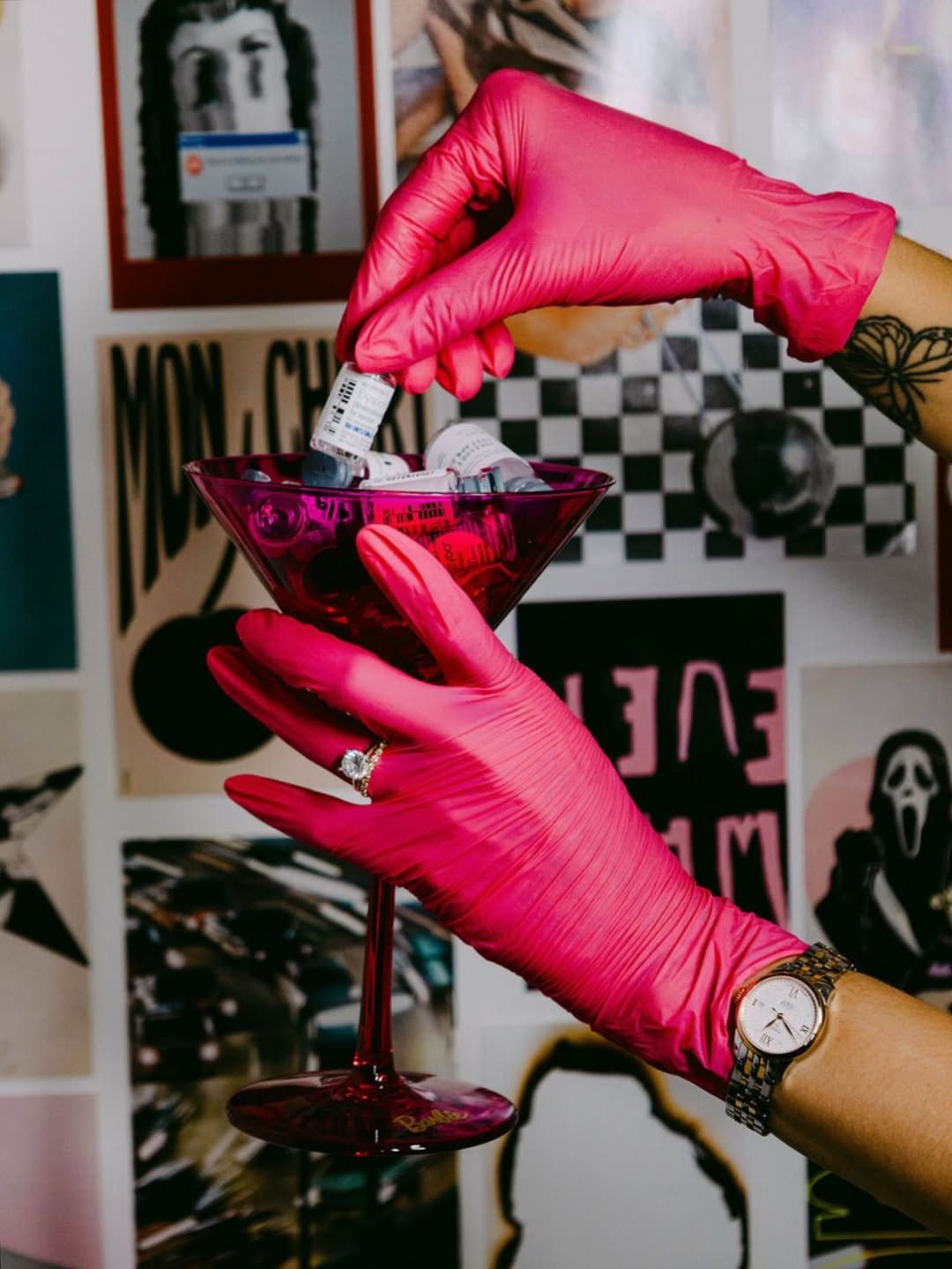
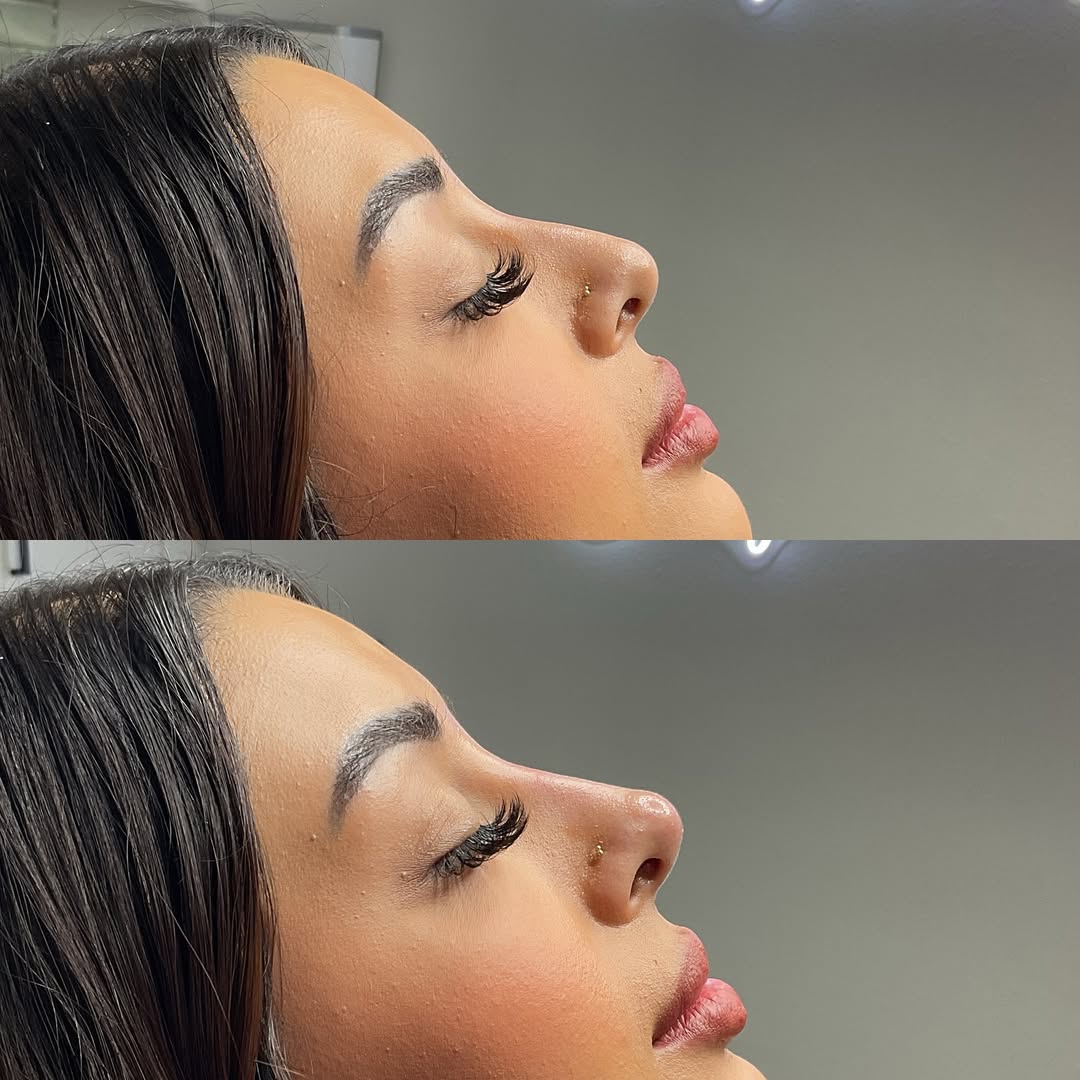


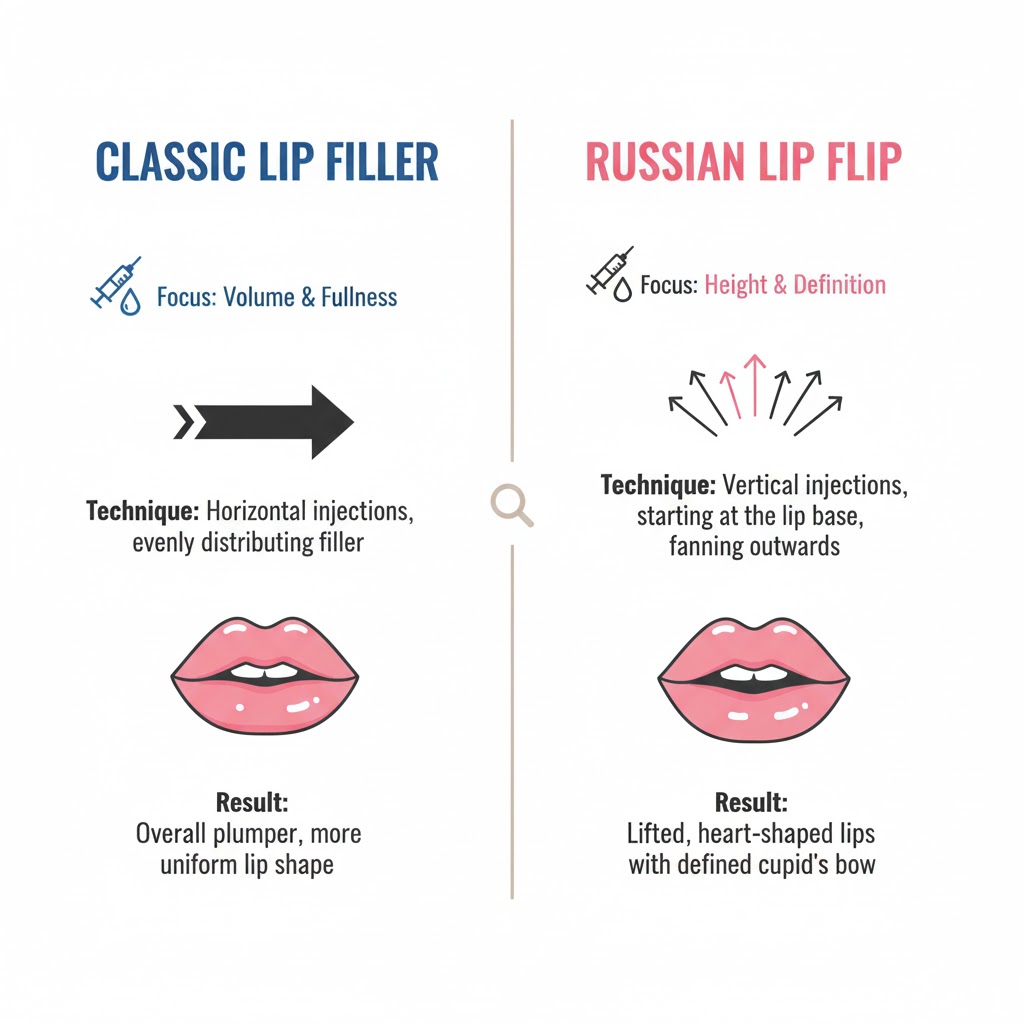
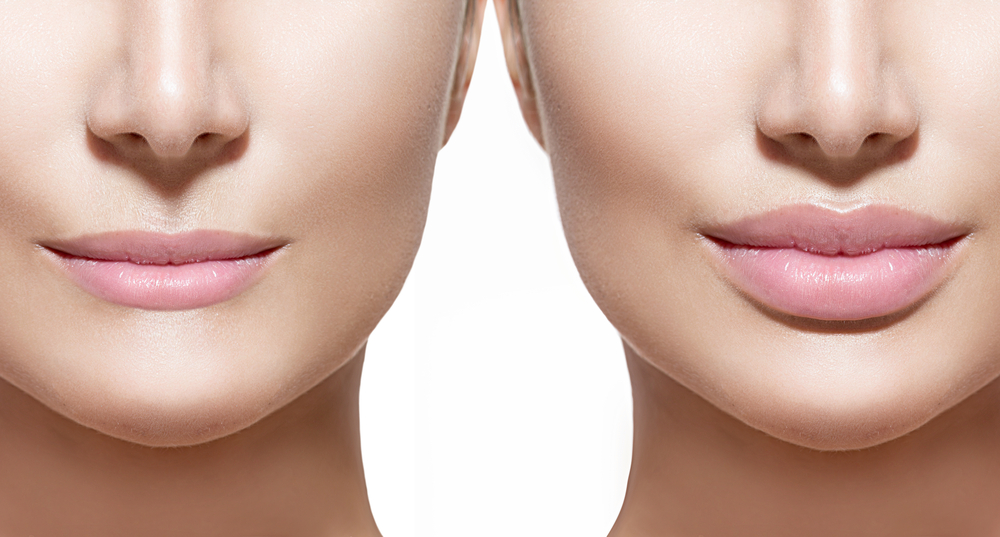
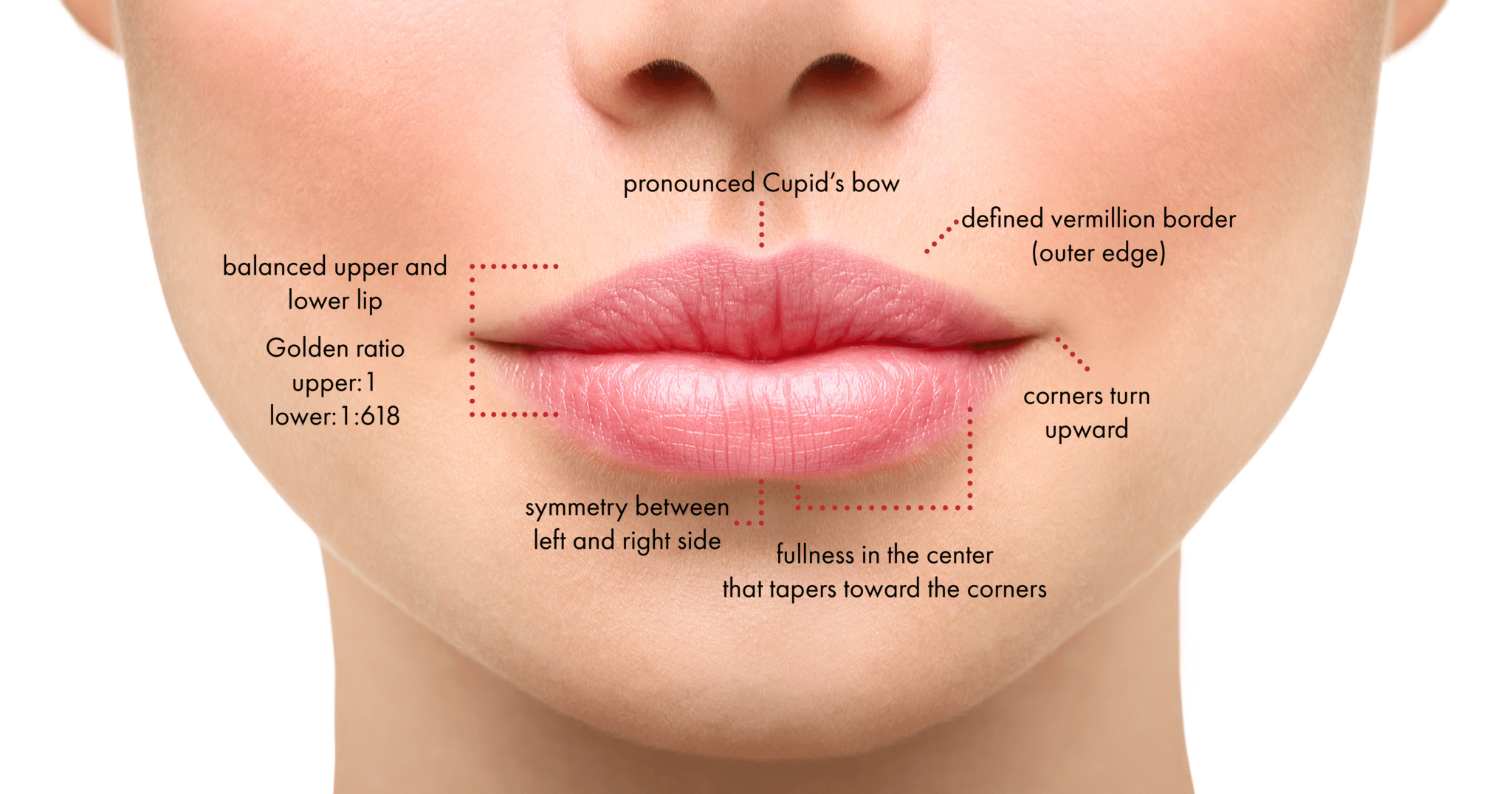
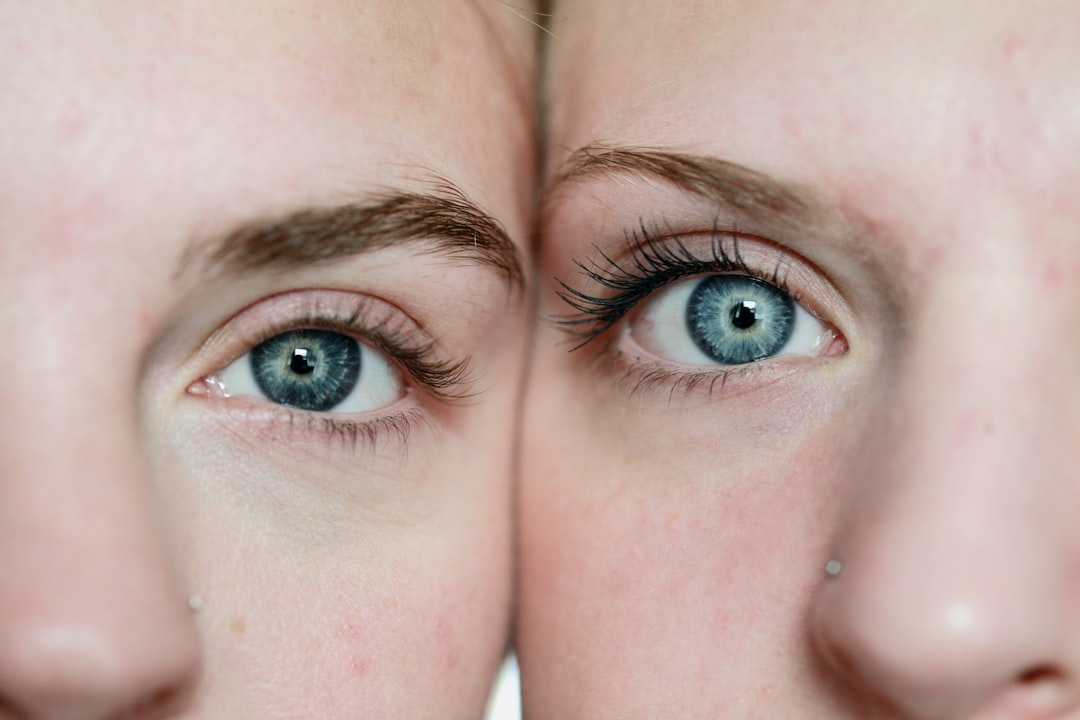
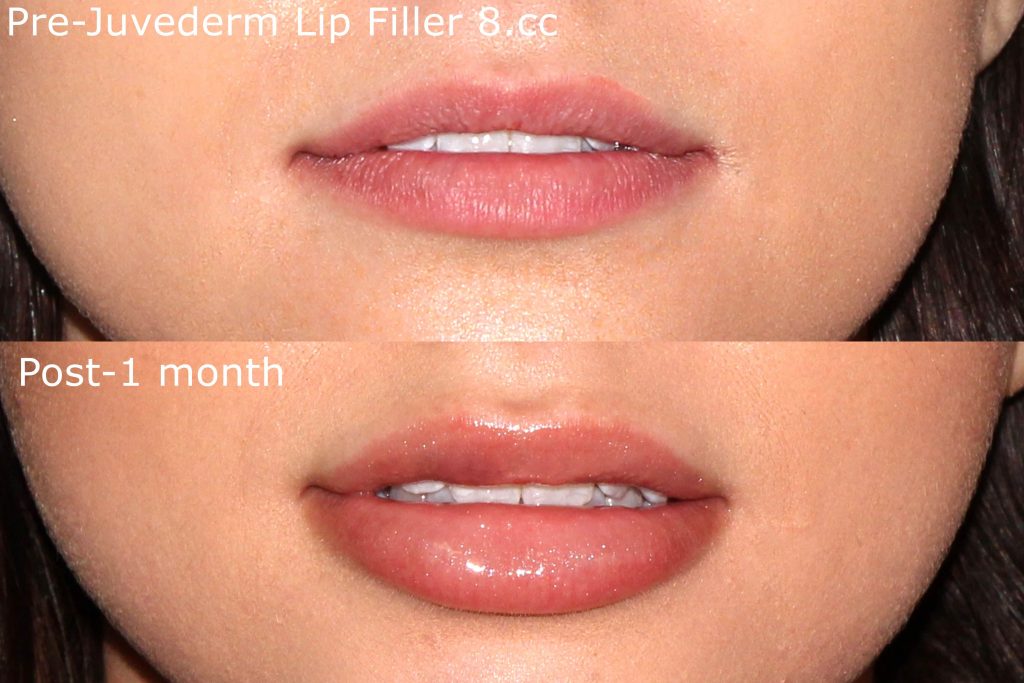
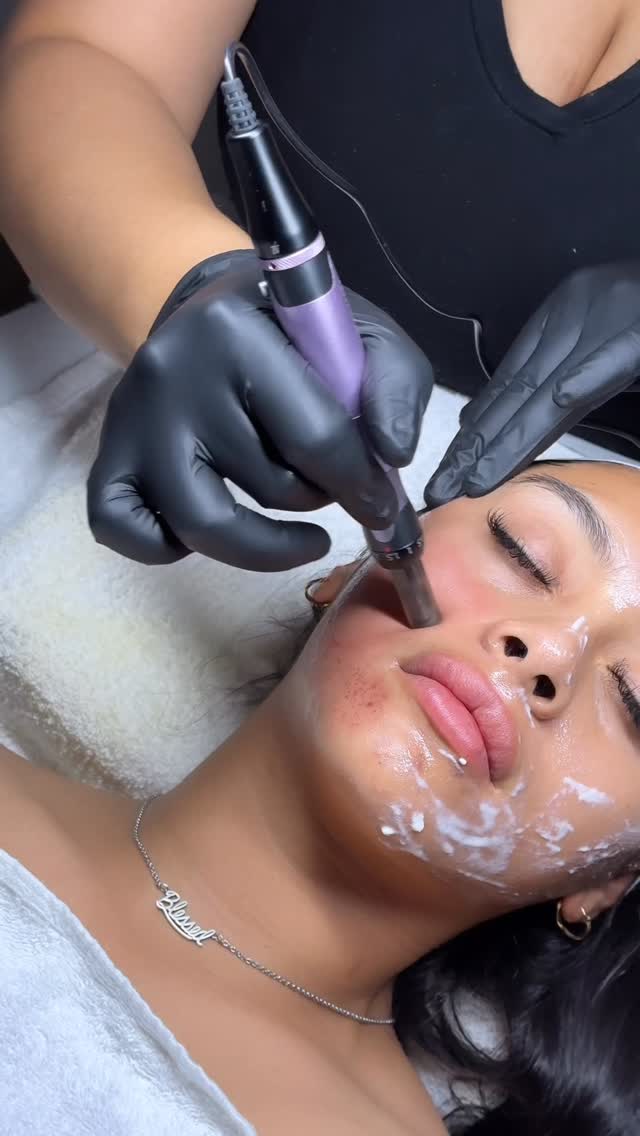
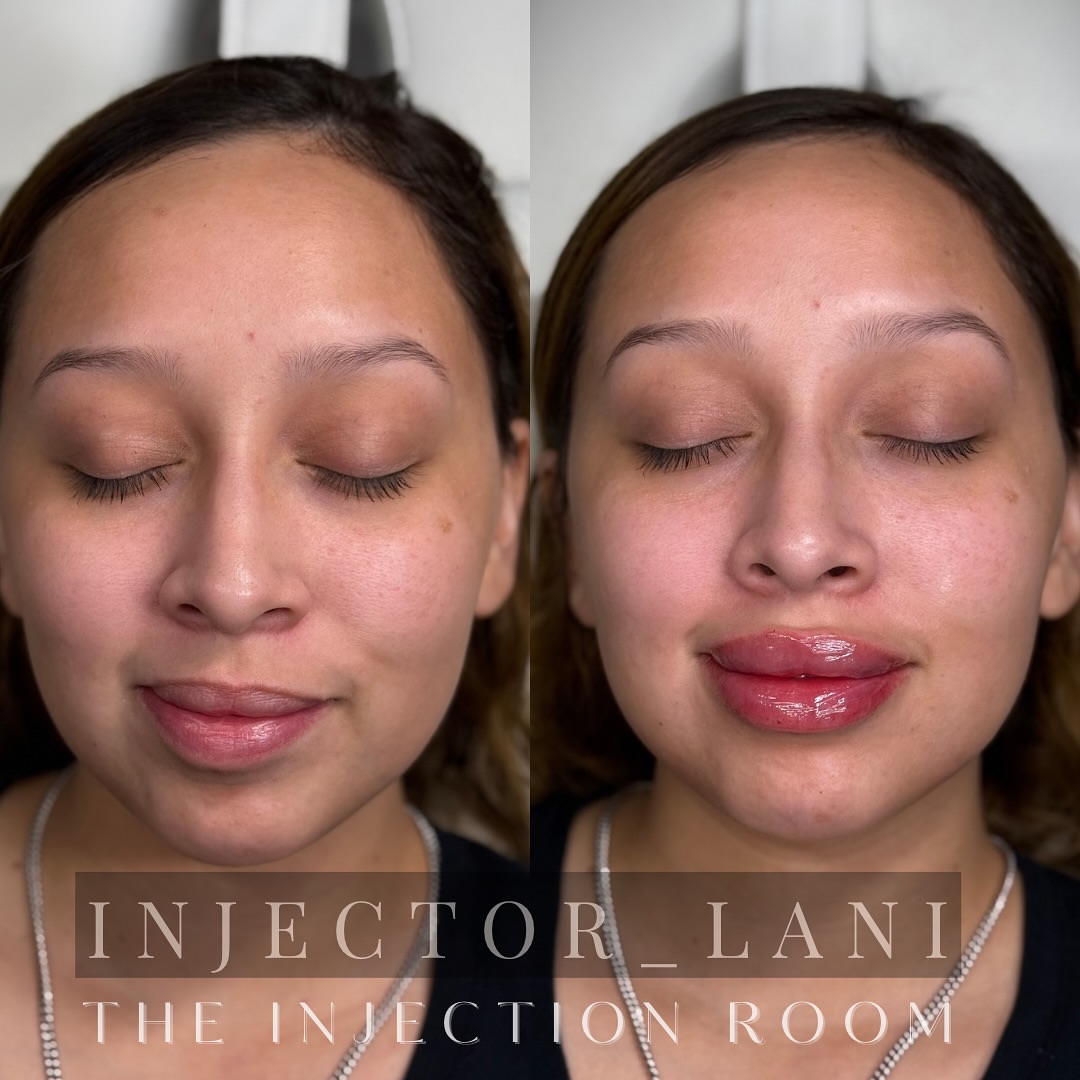
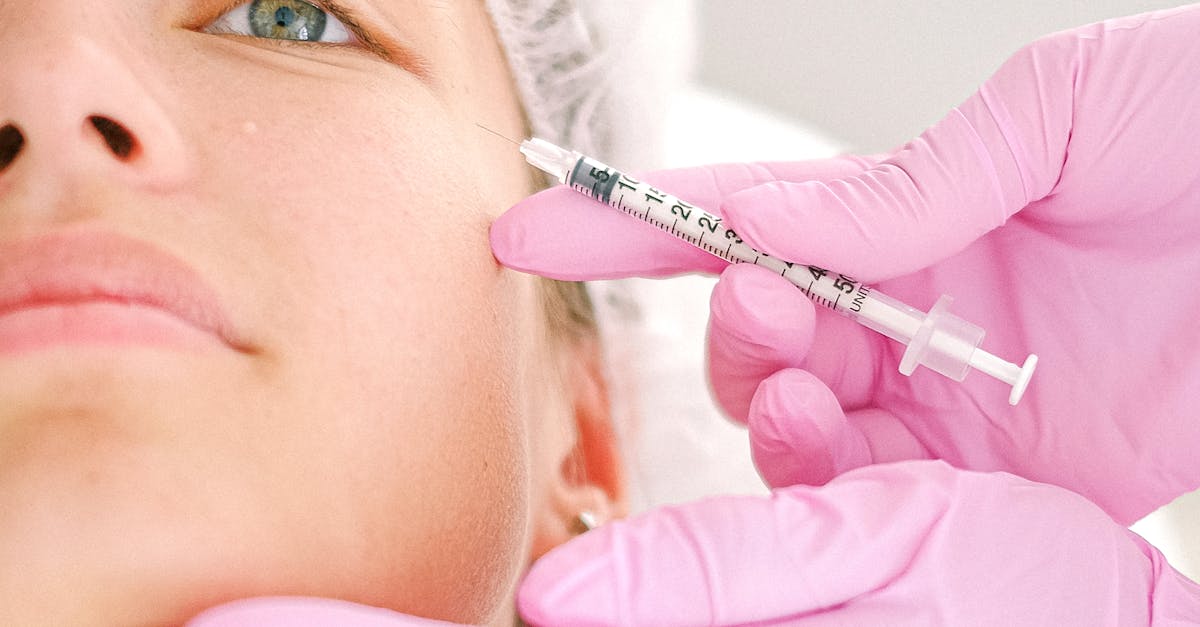

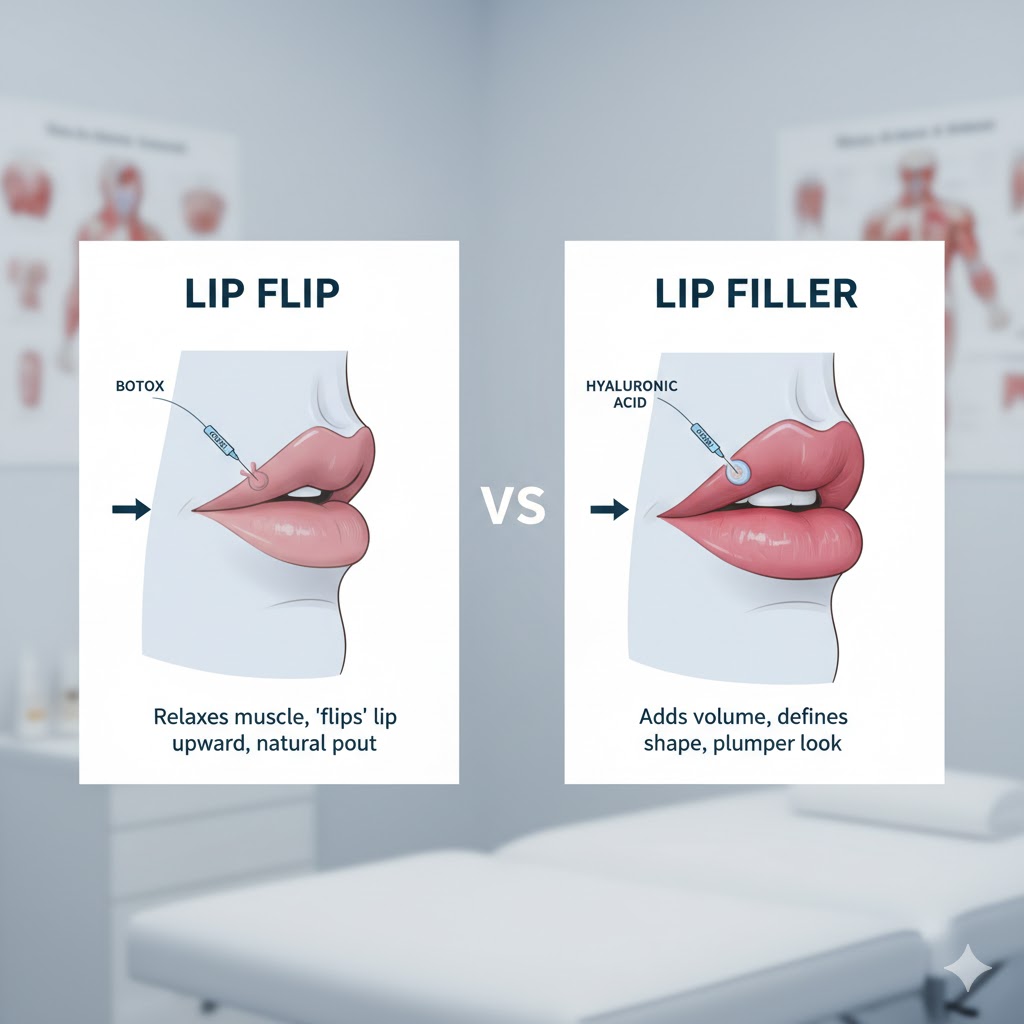
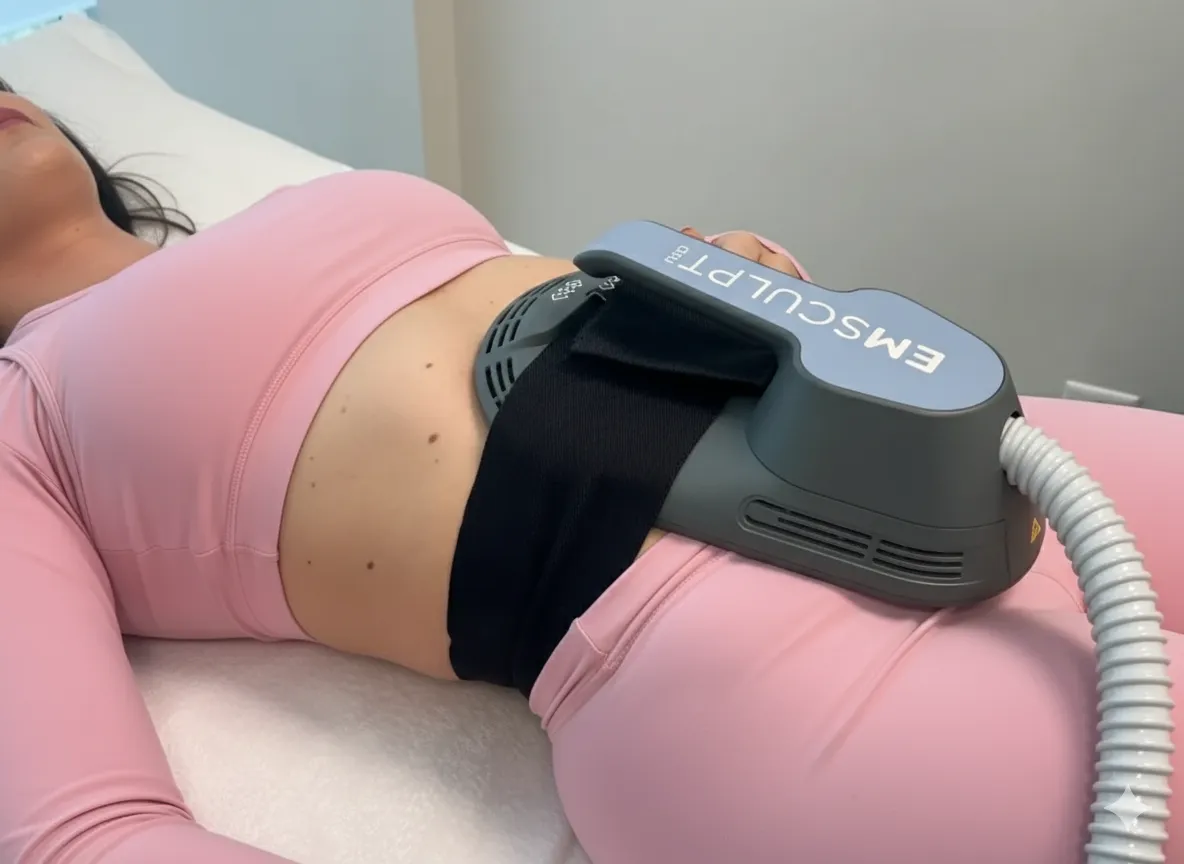

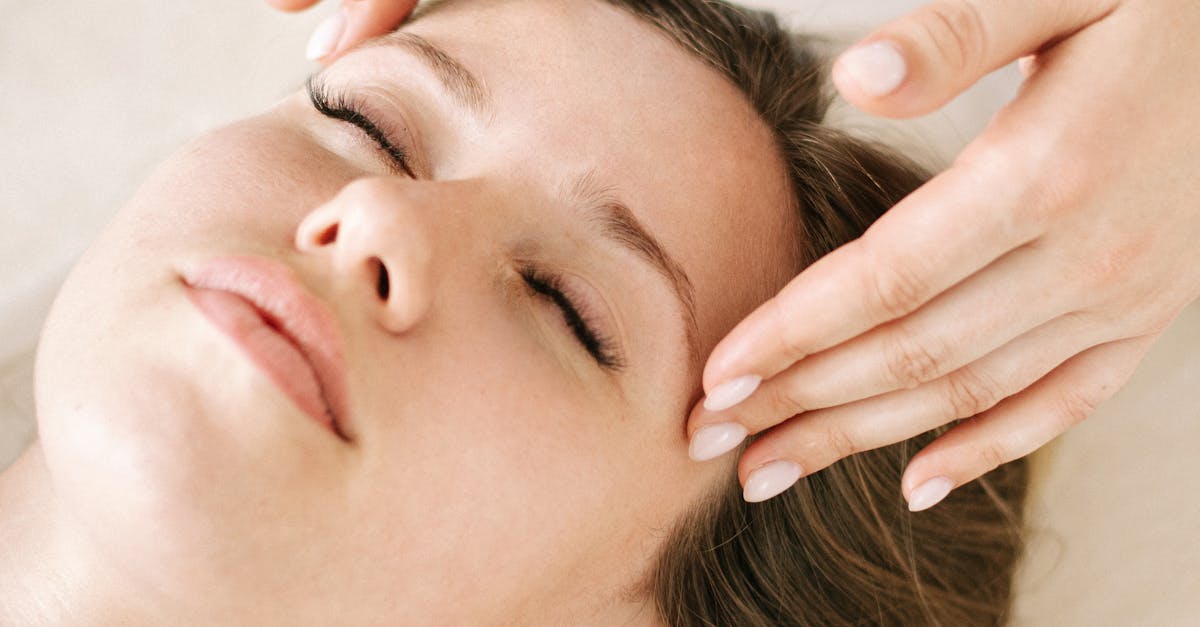
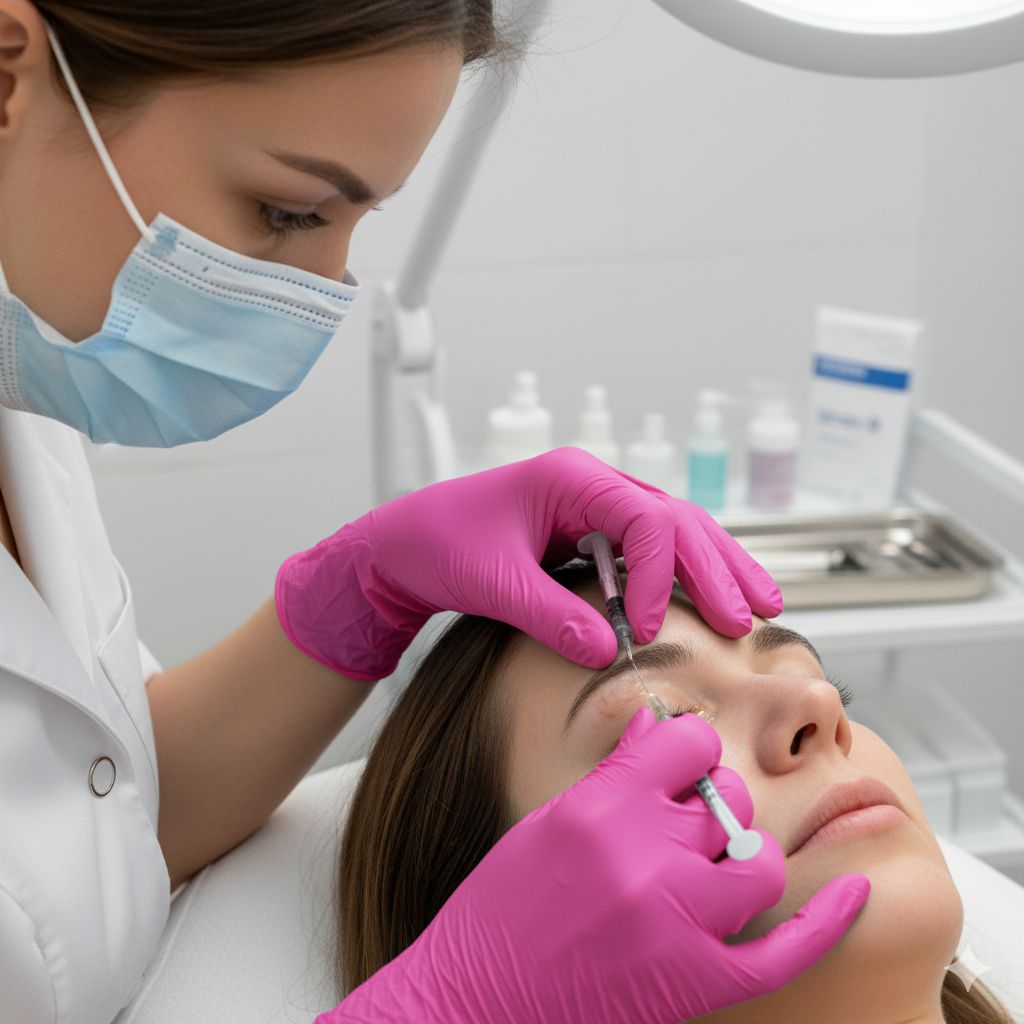

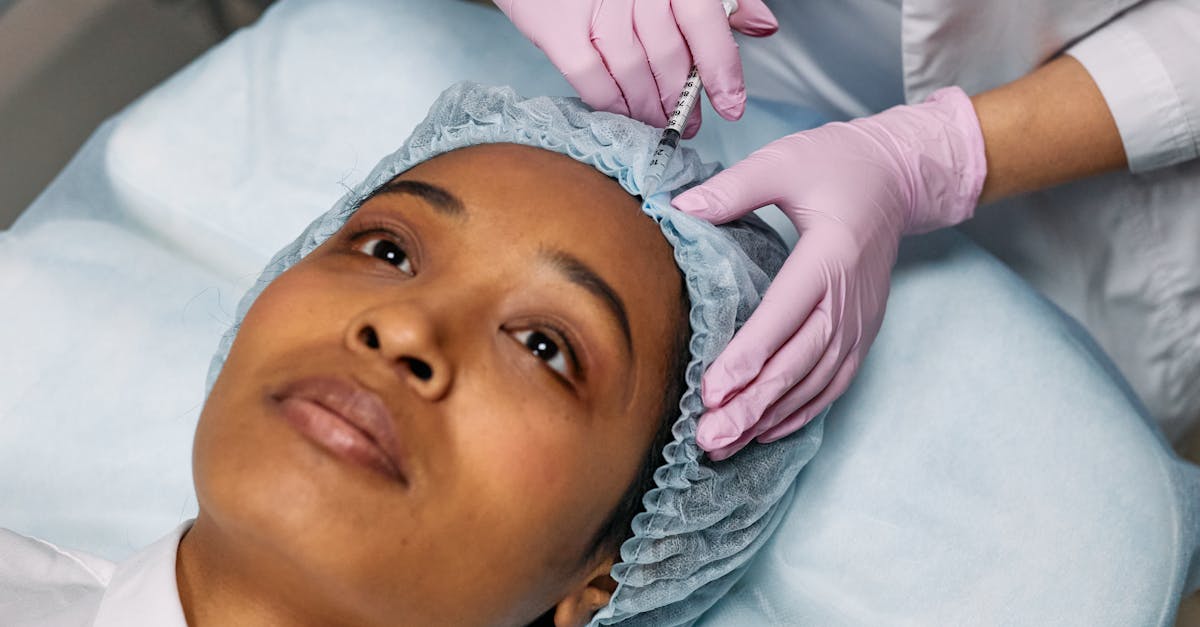
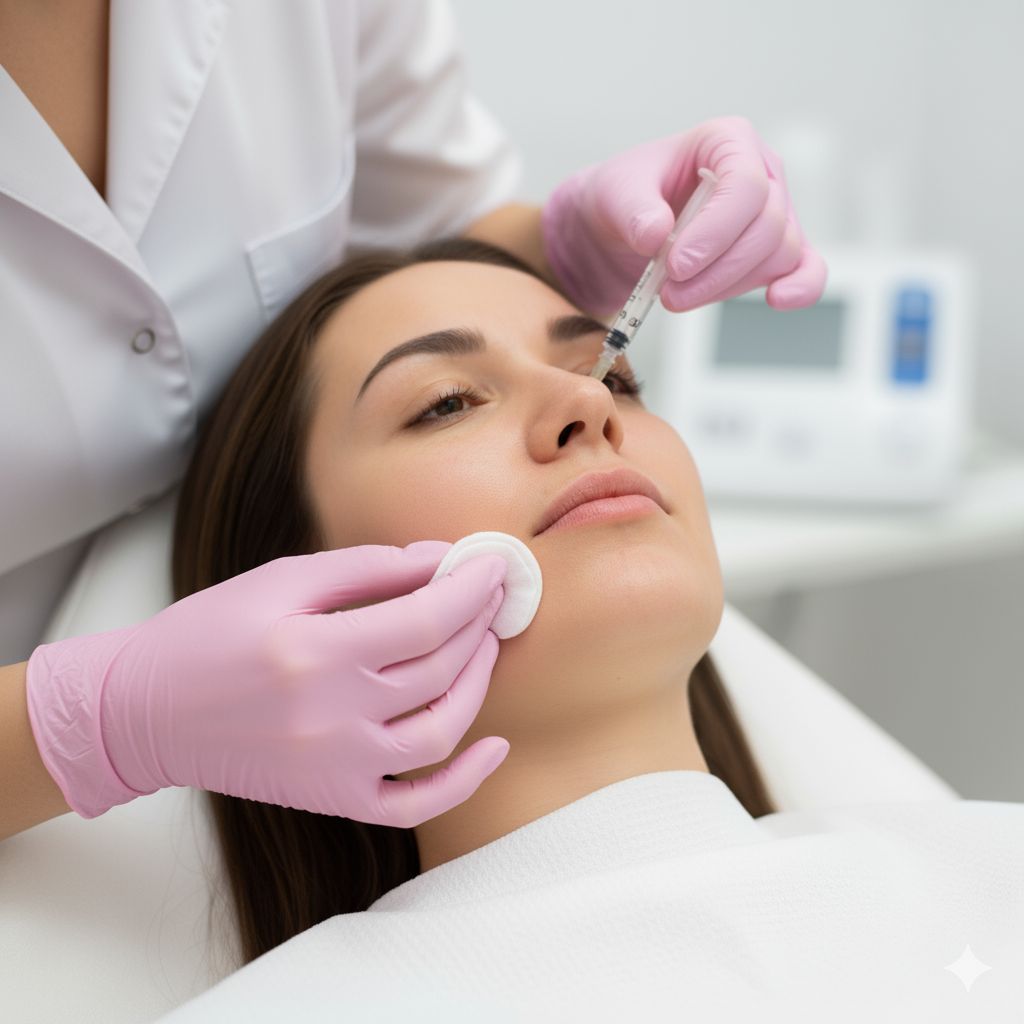
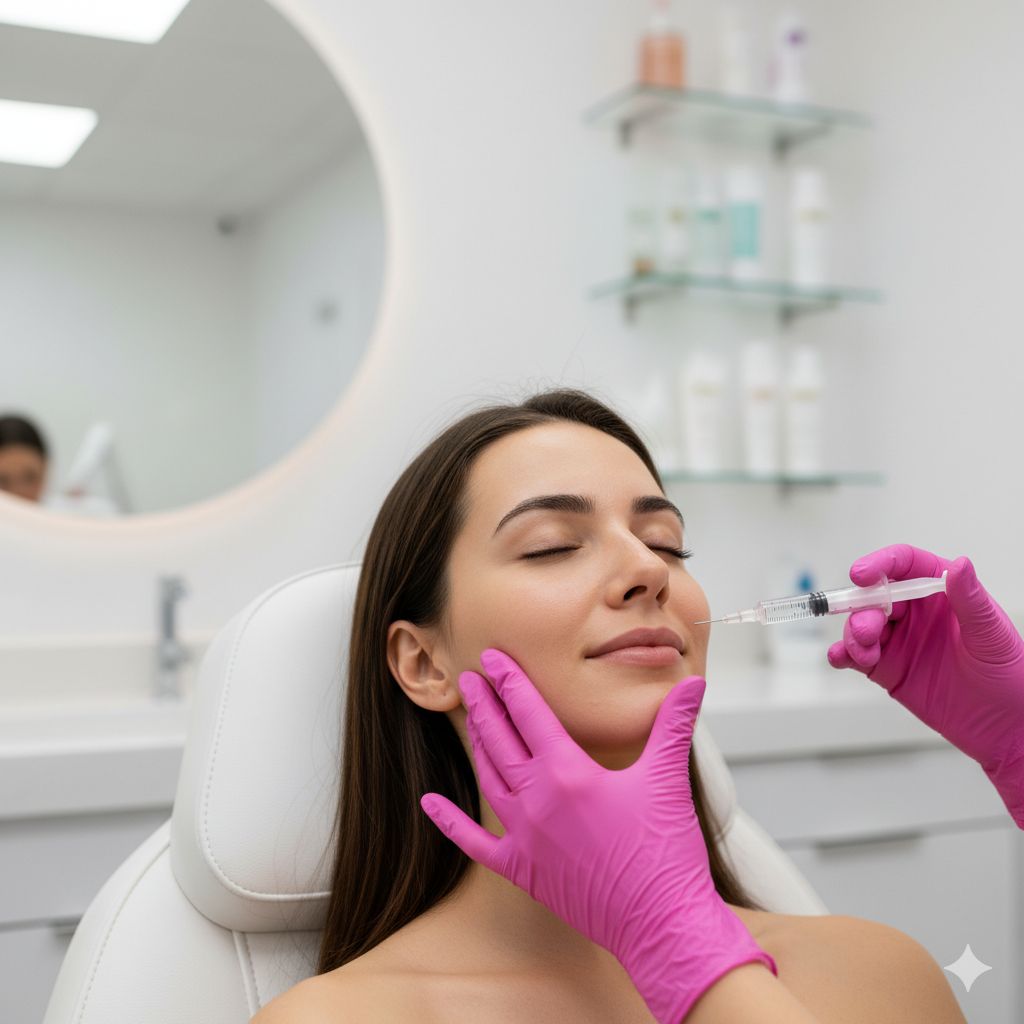
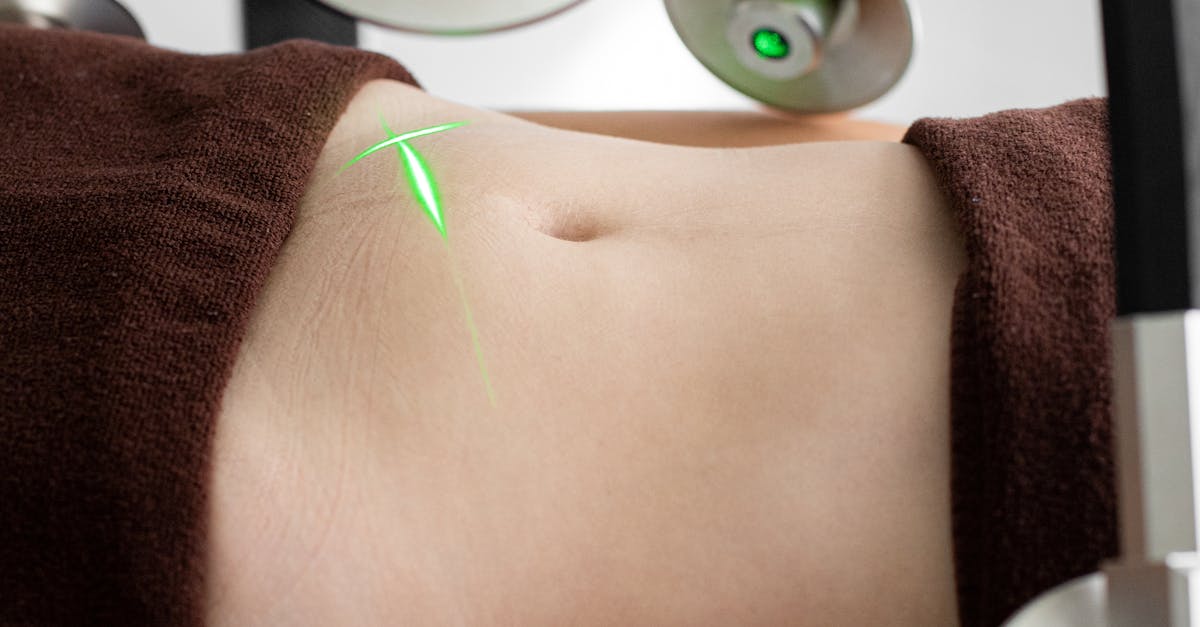

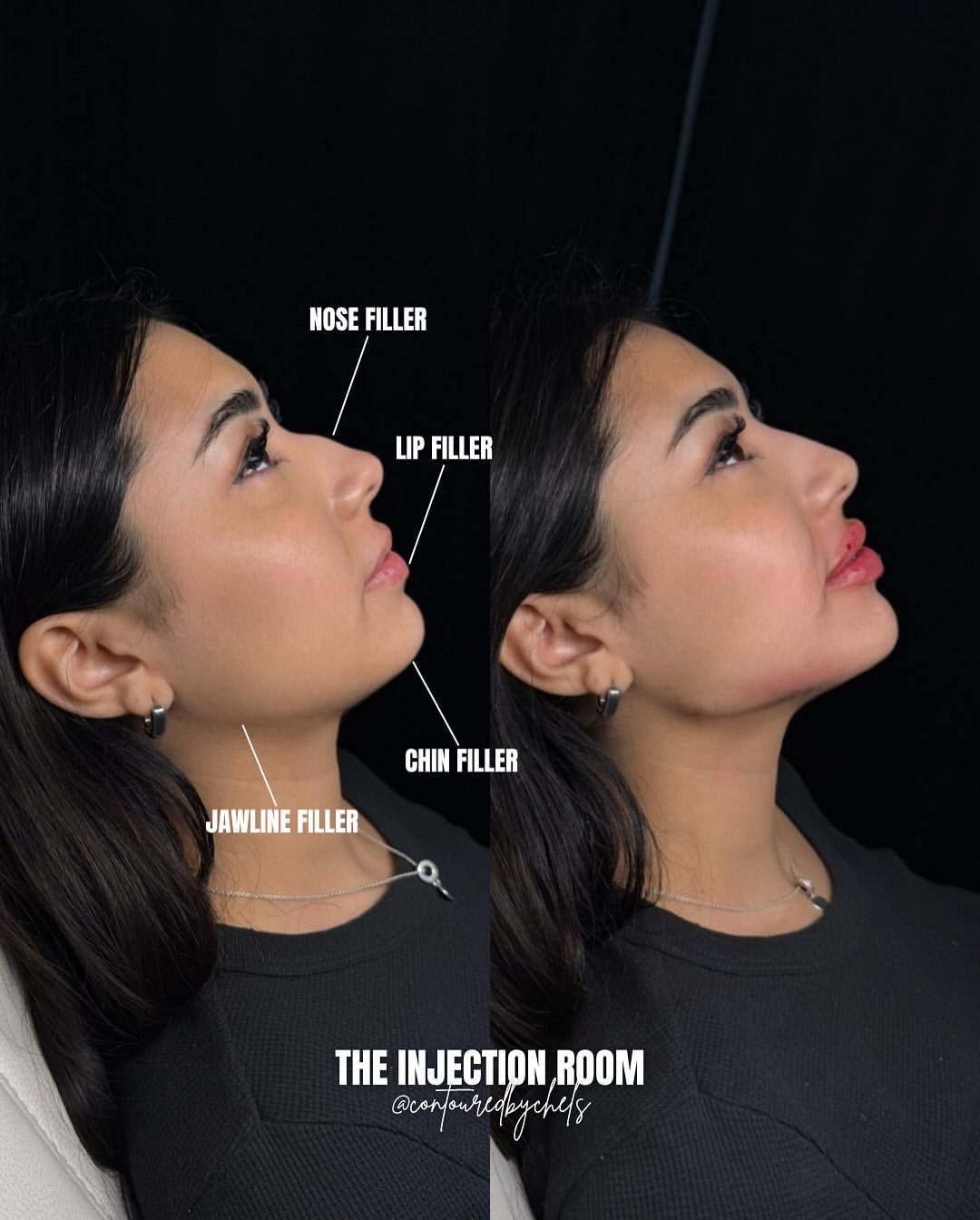

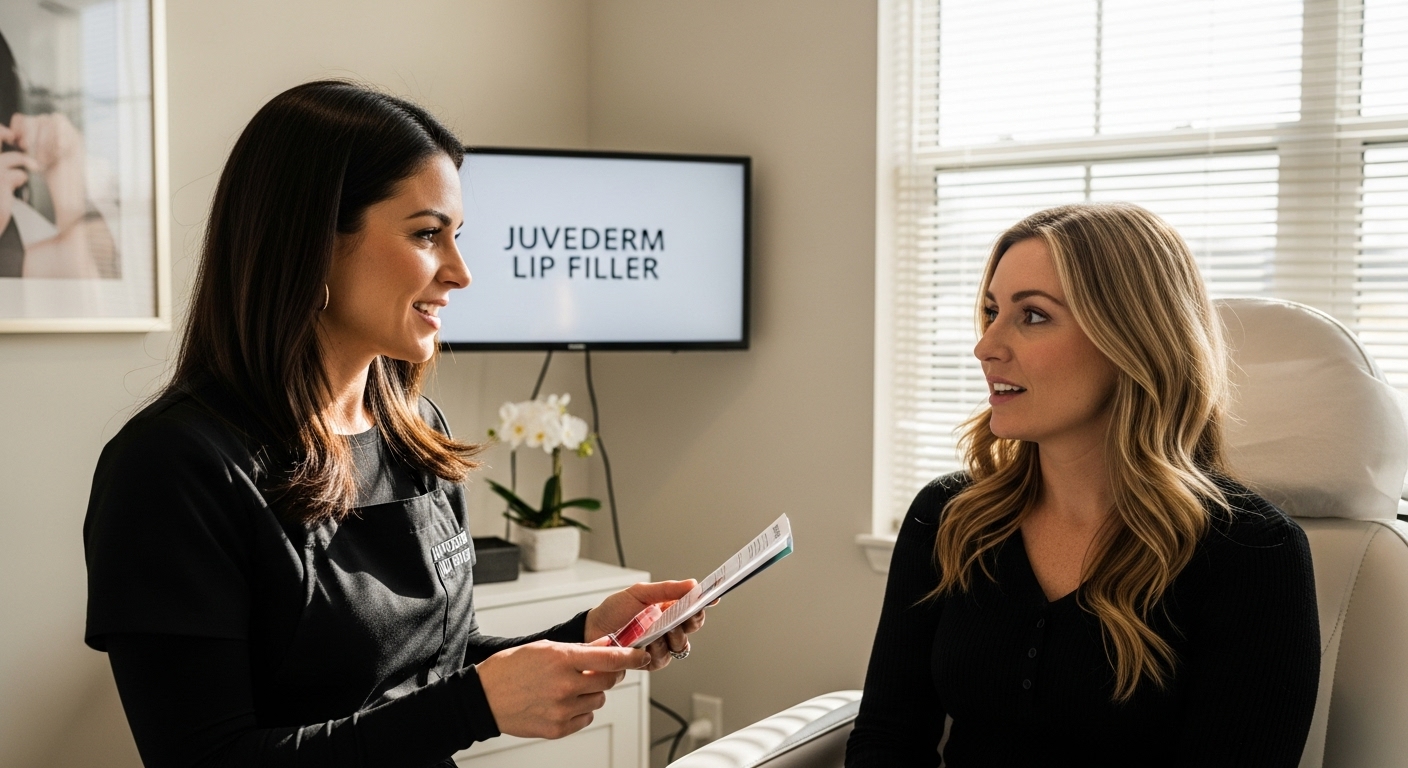


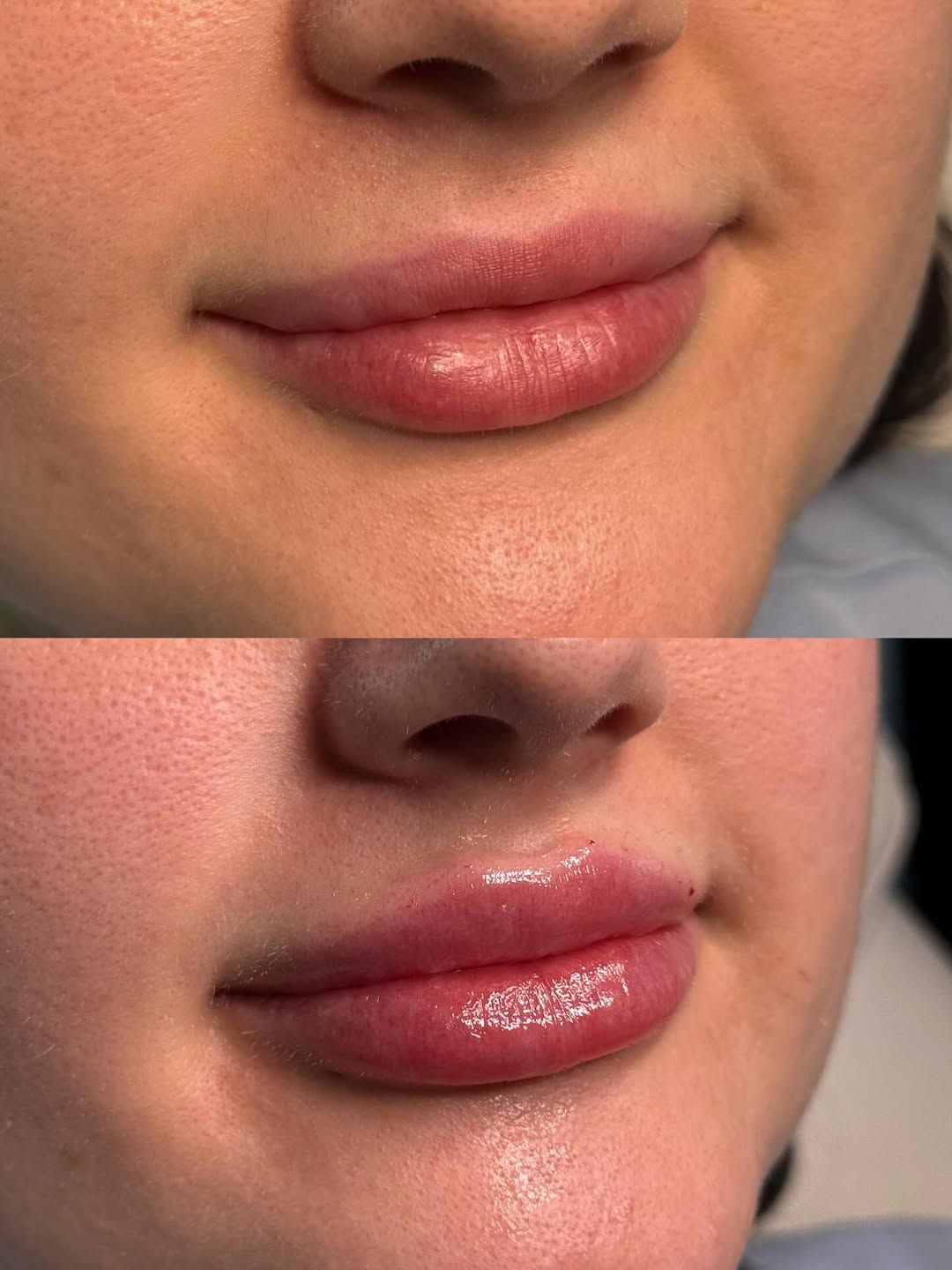
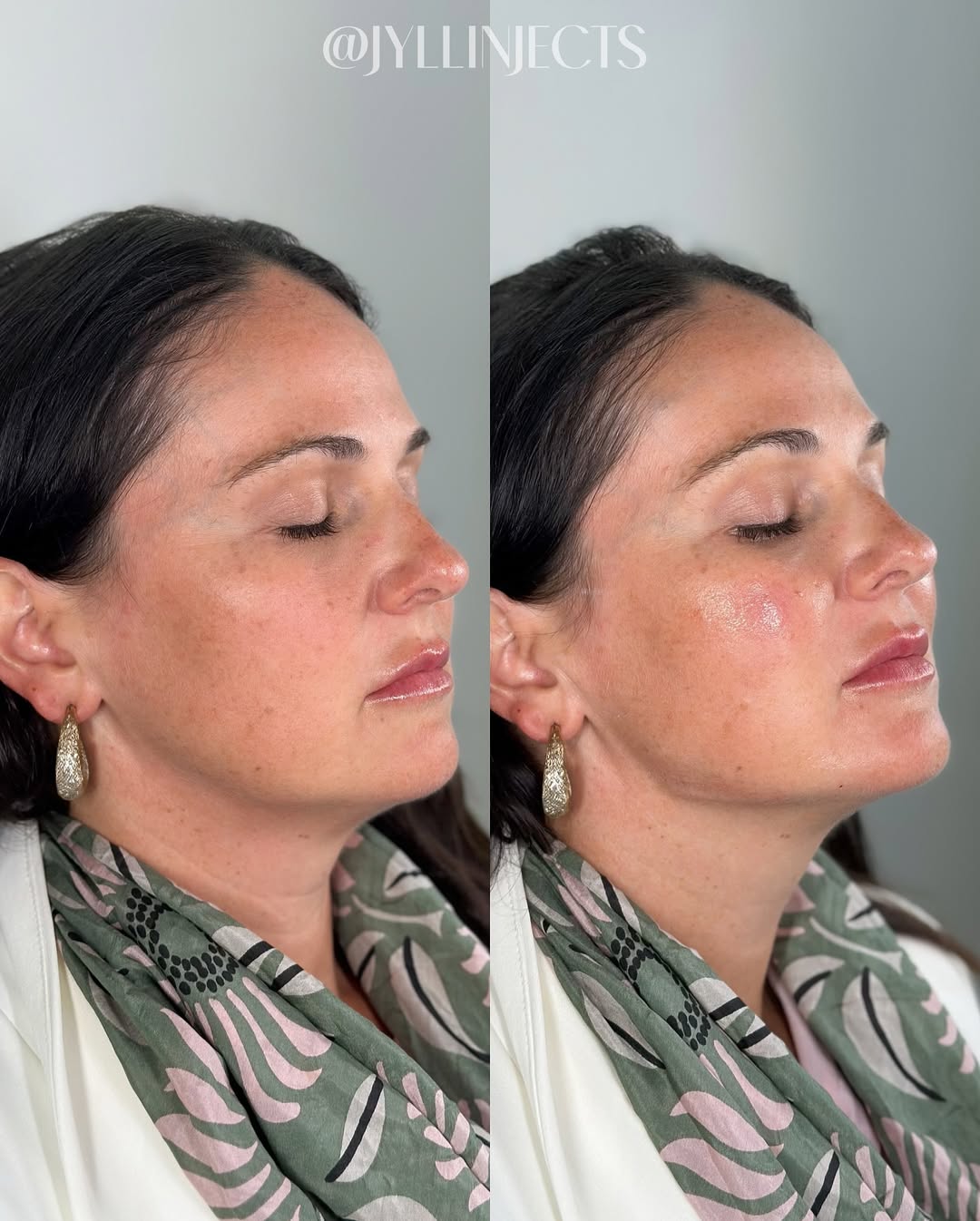

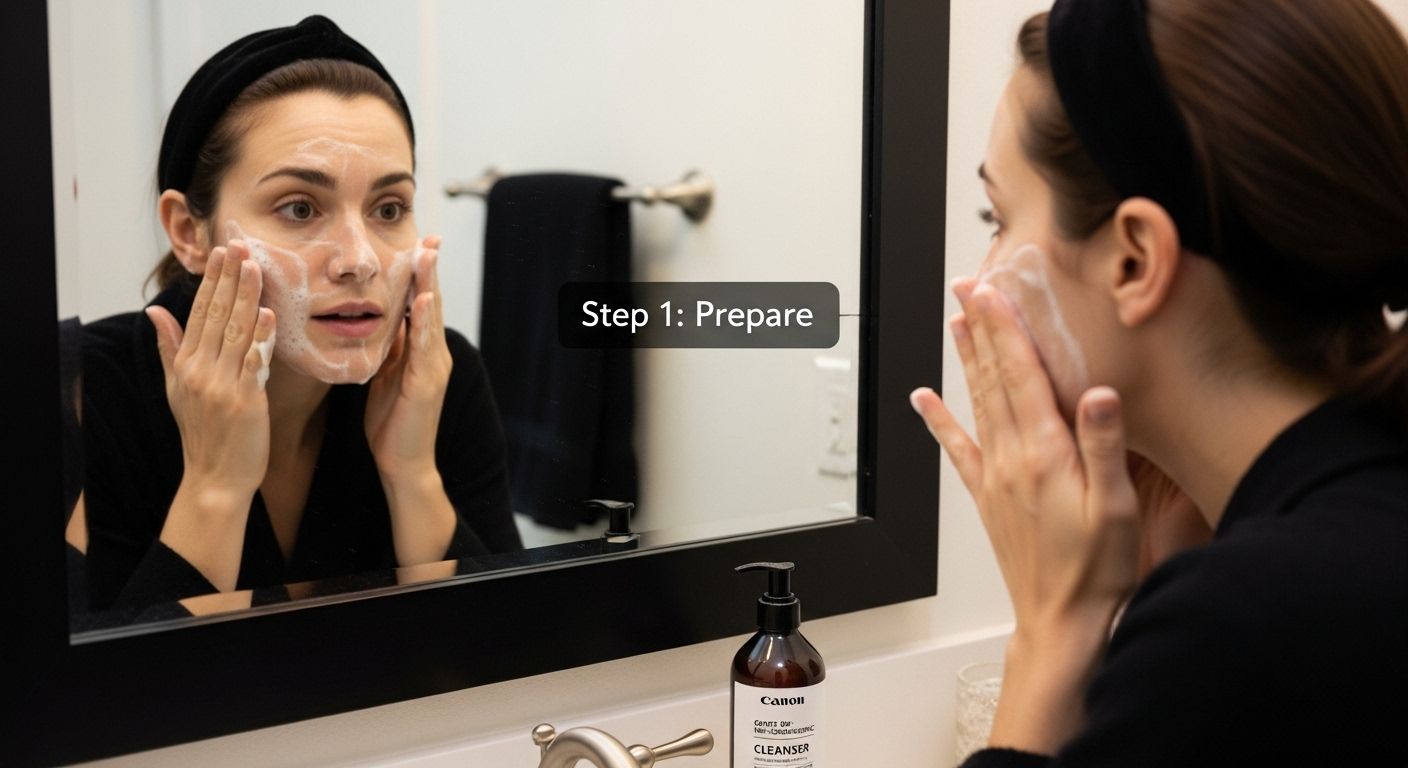


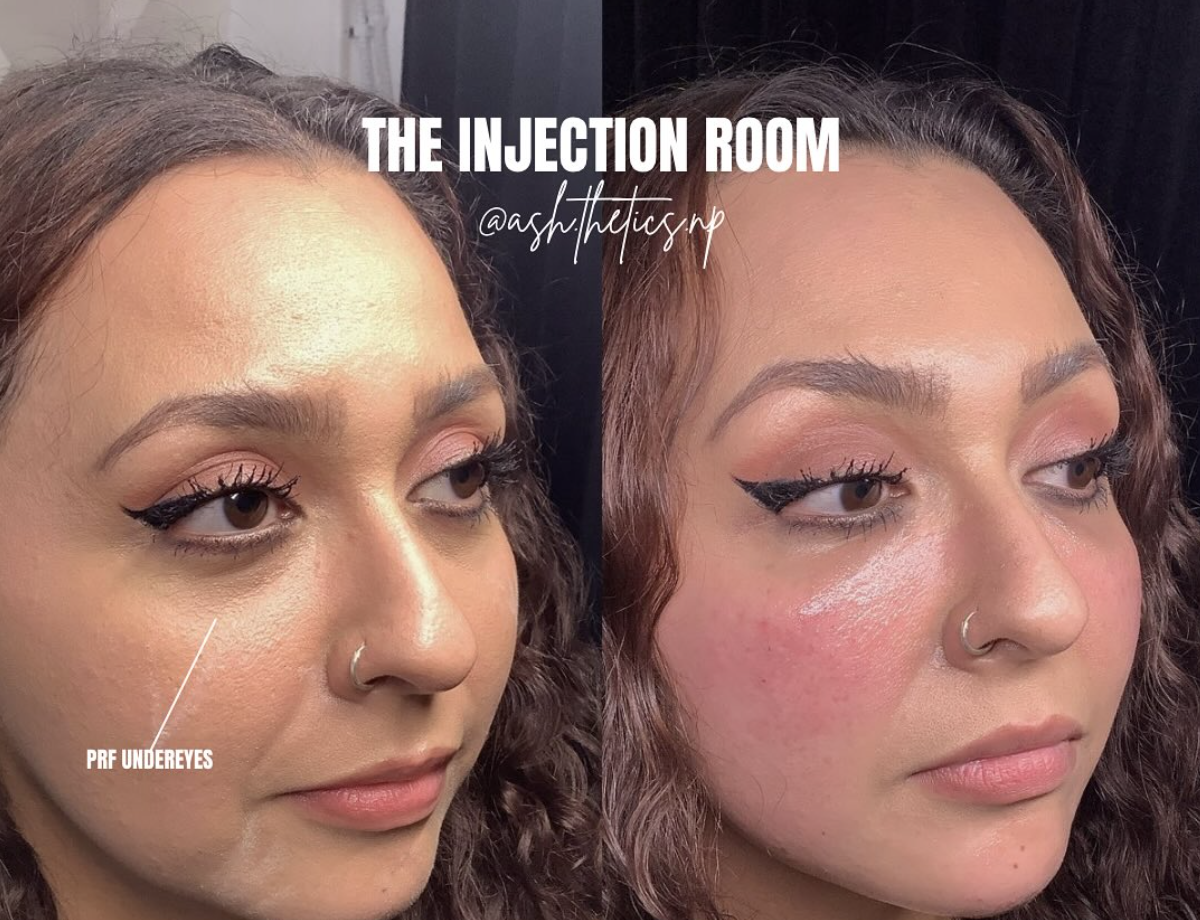
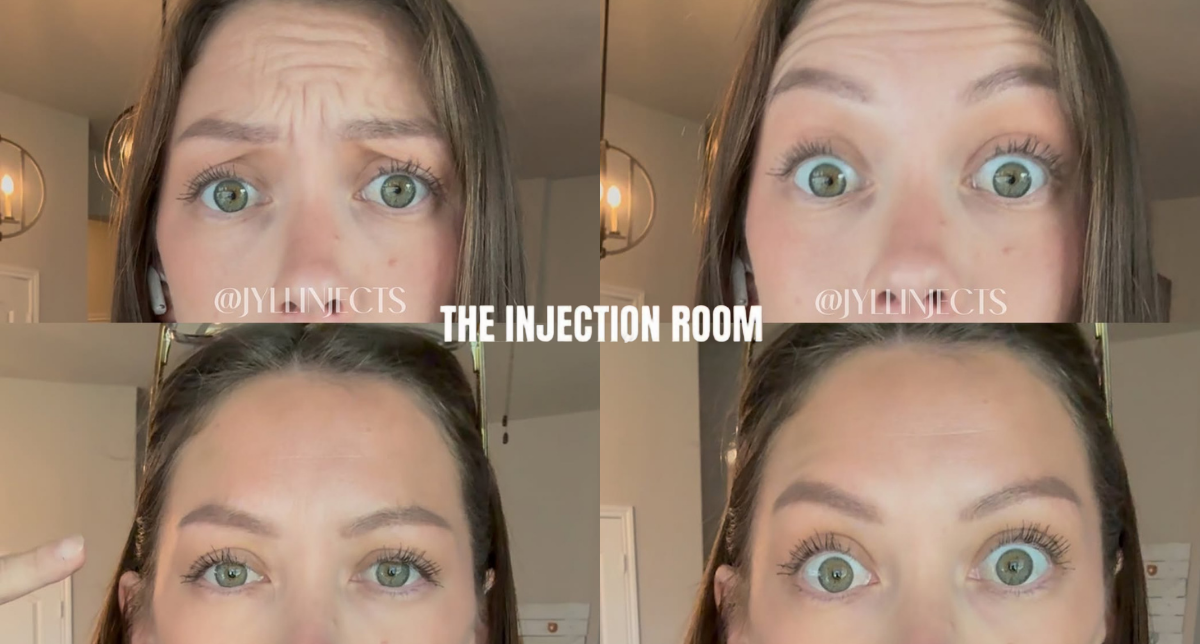


.jpeg)
.jpeg)
.webp)












